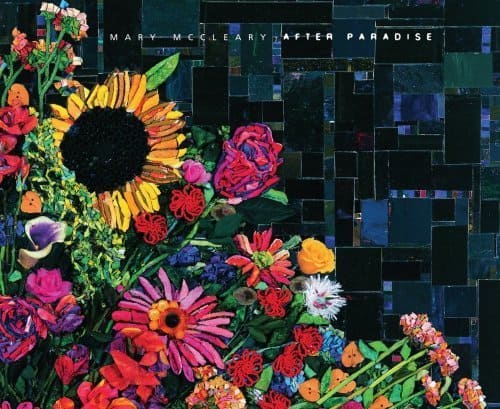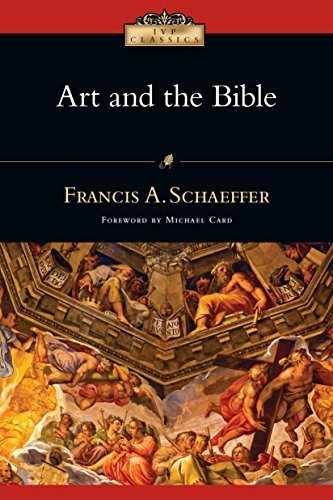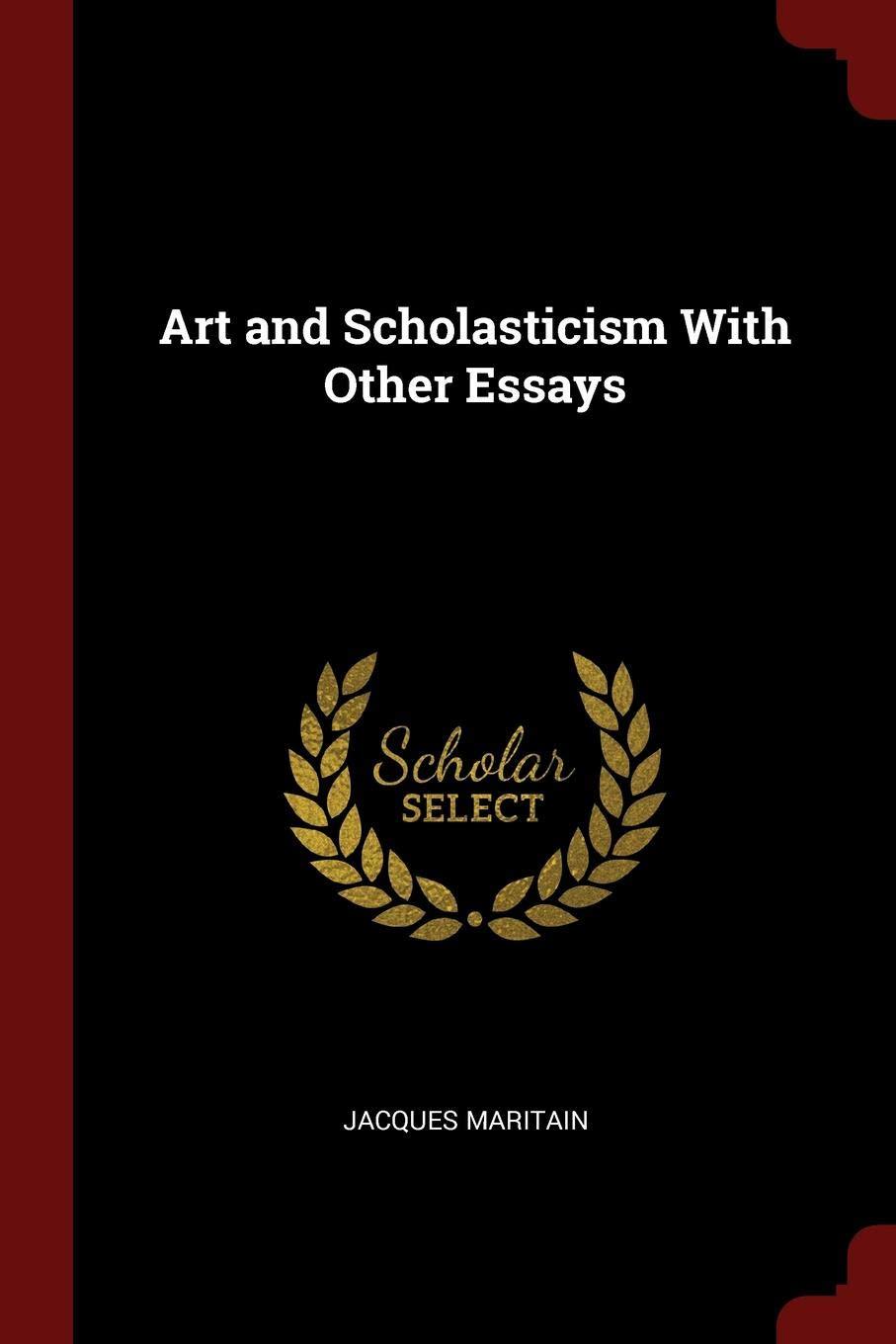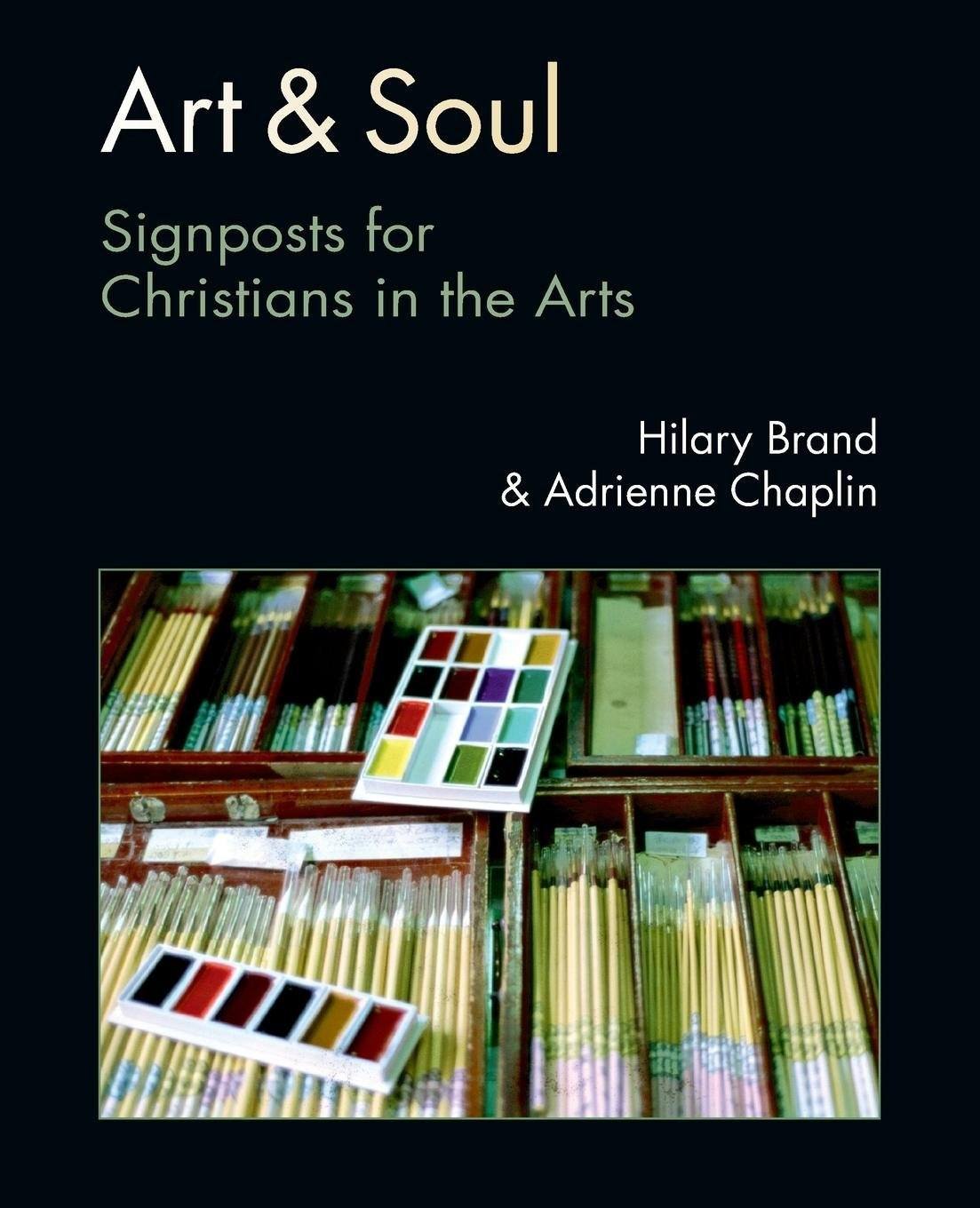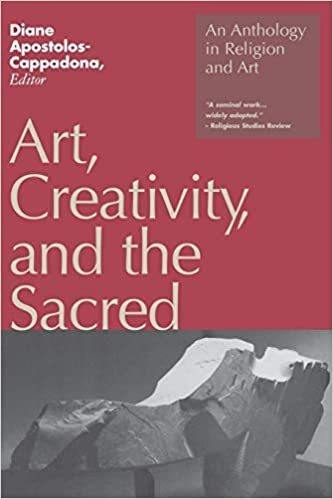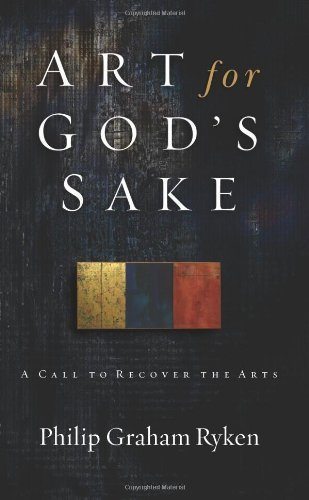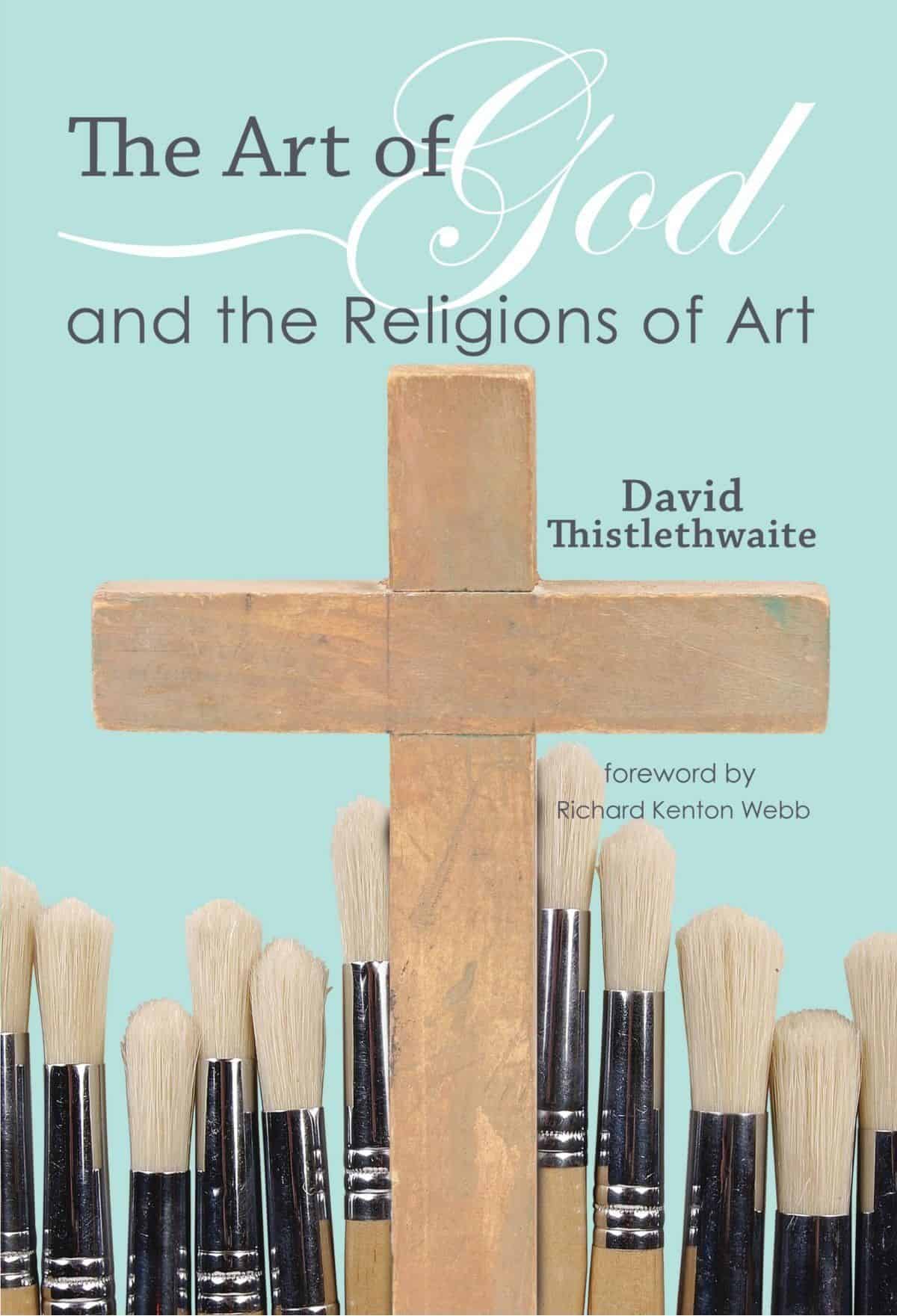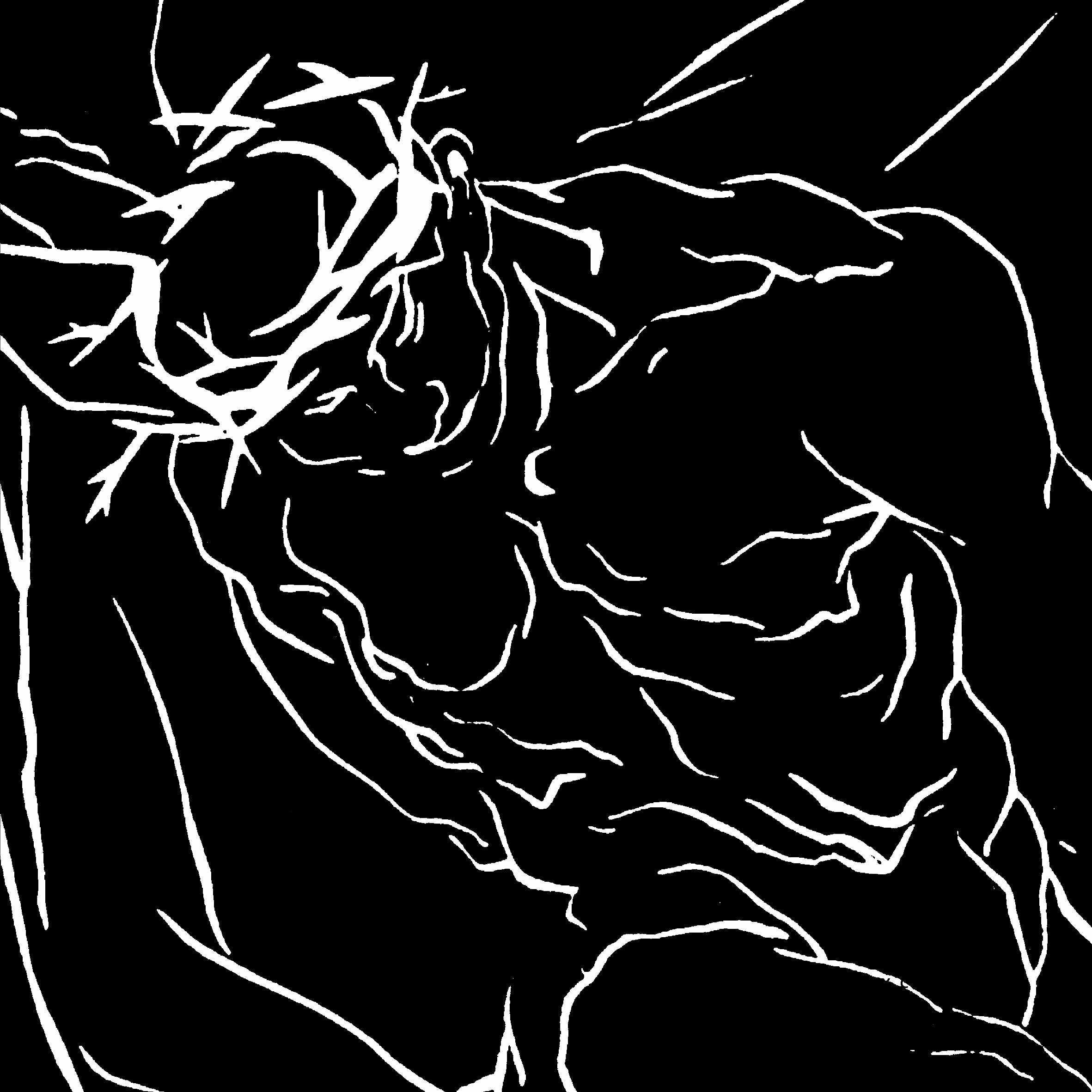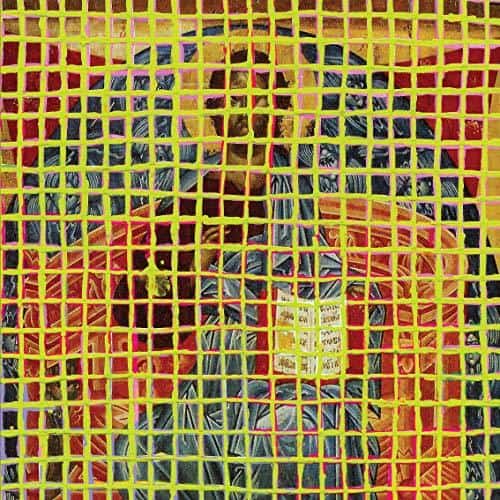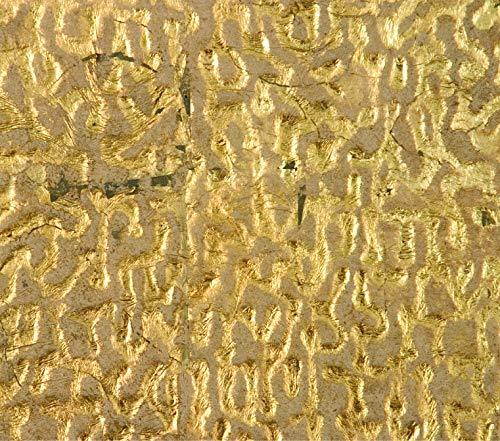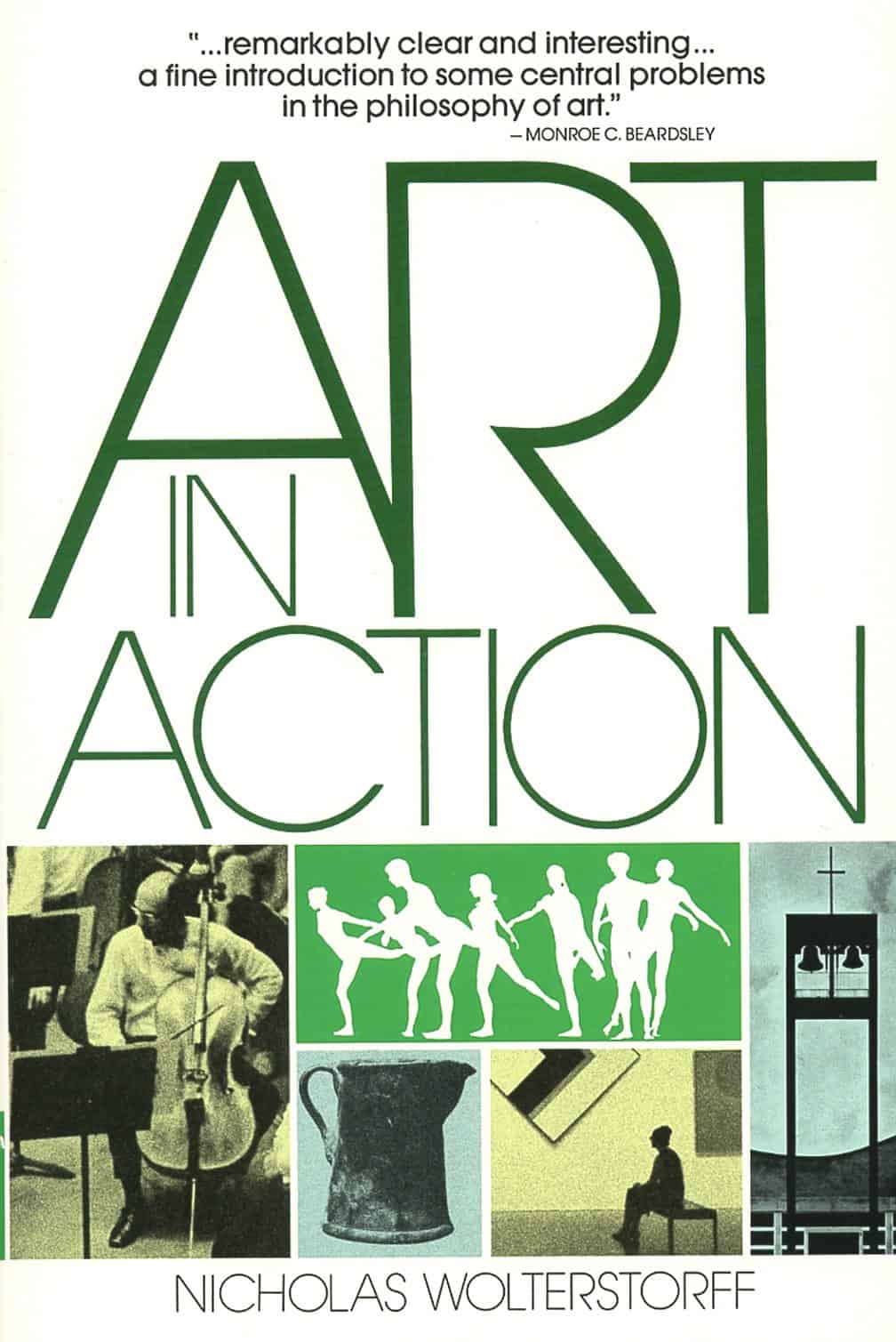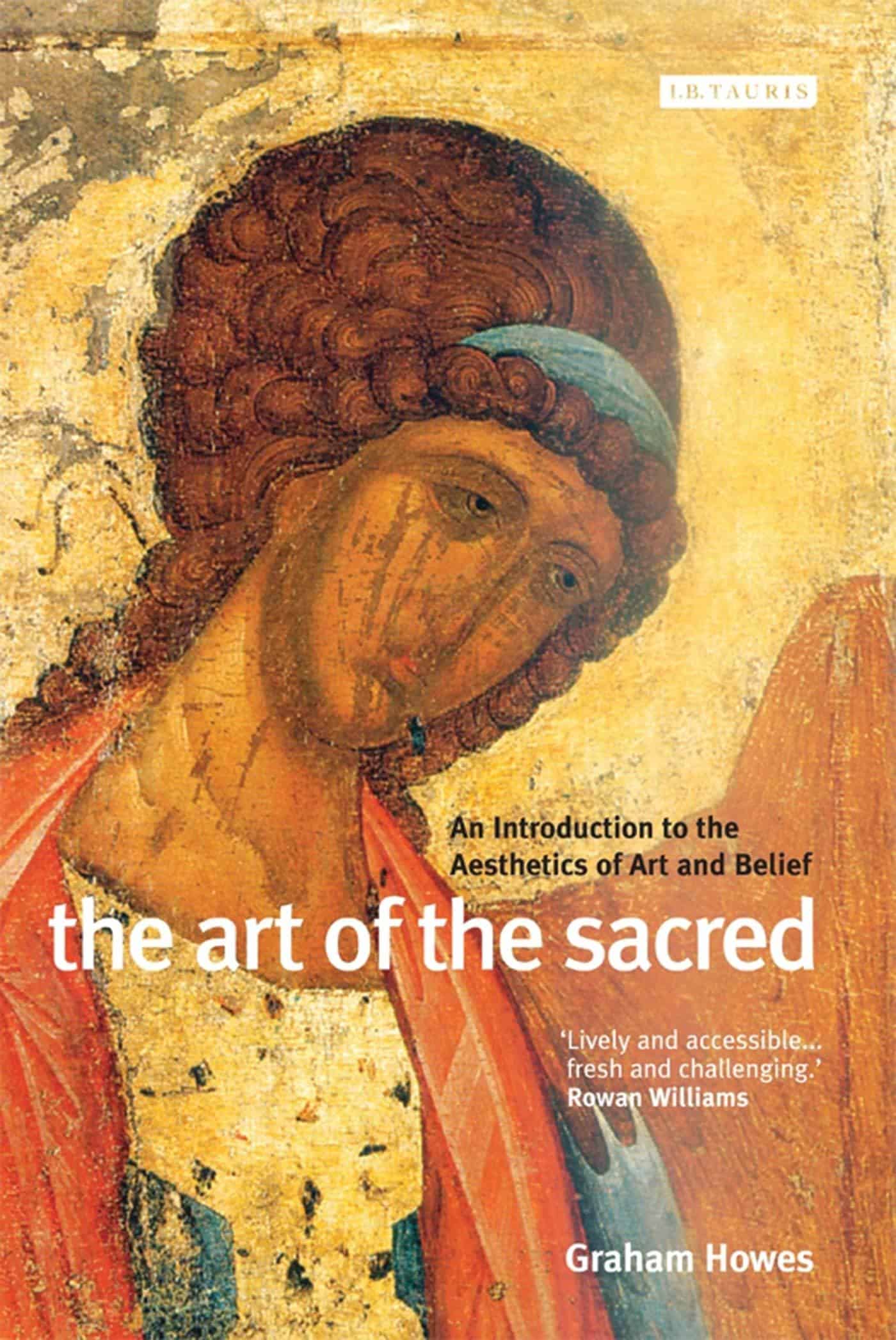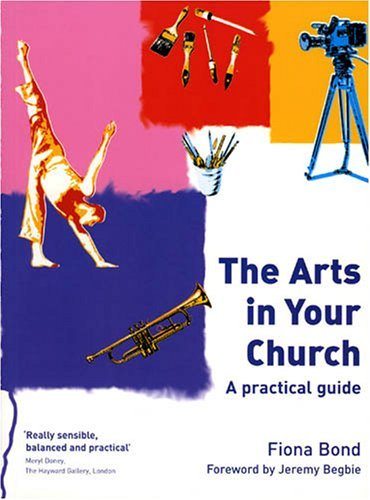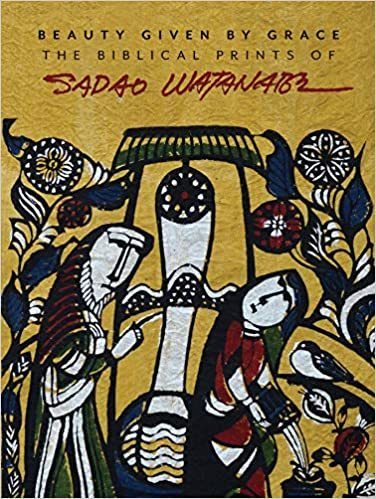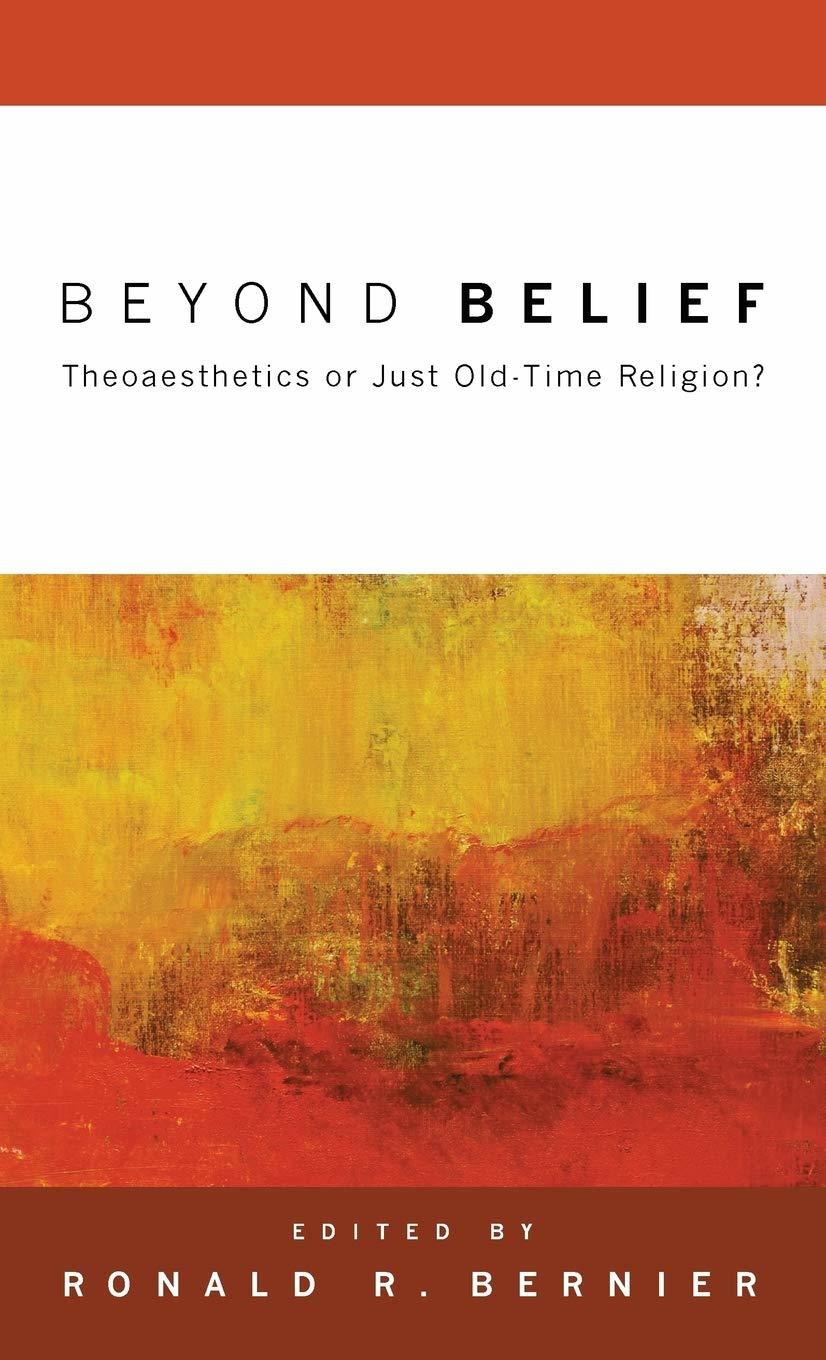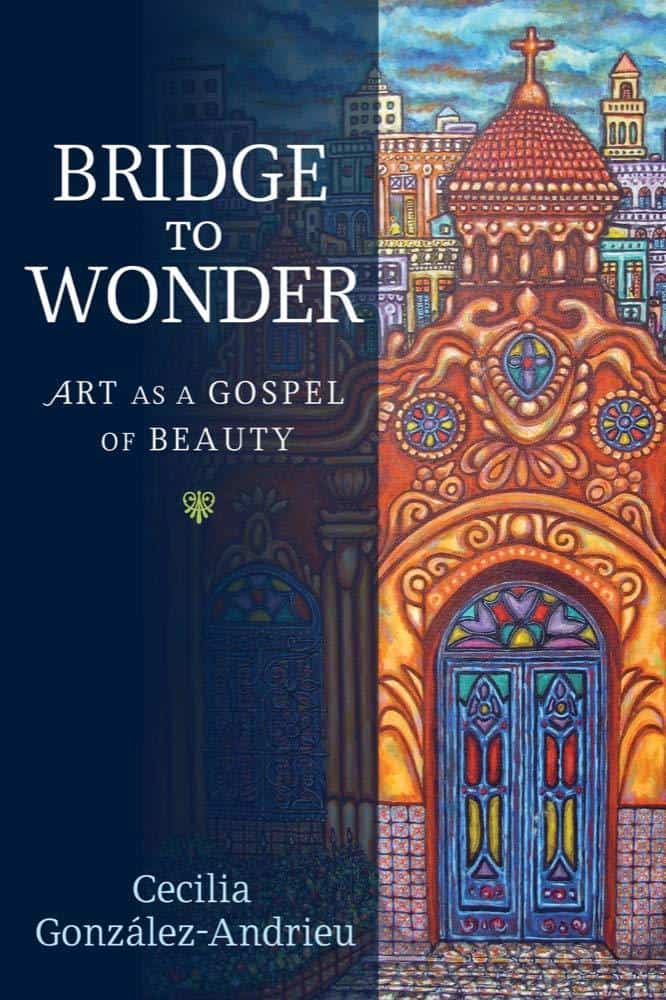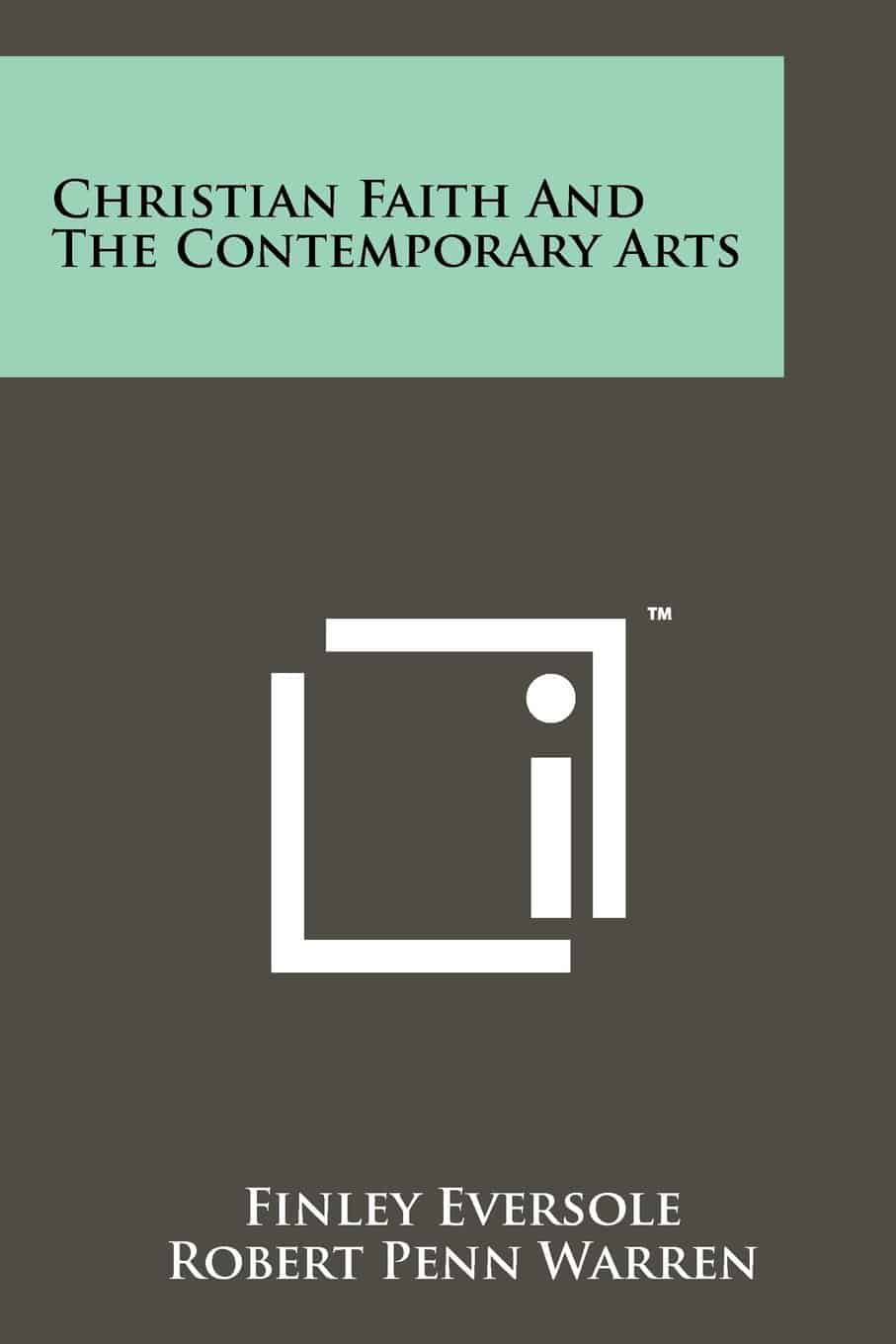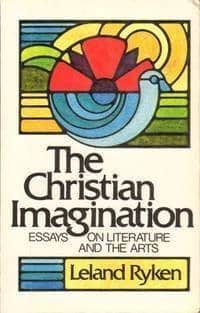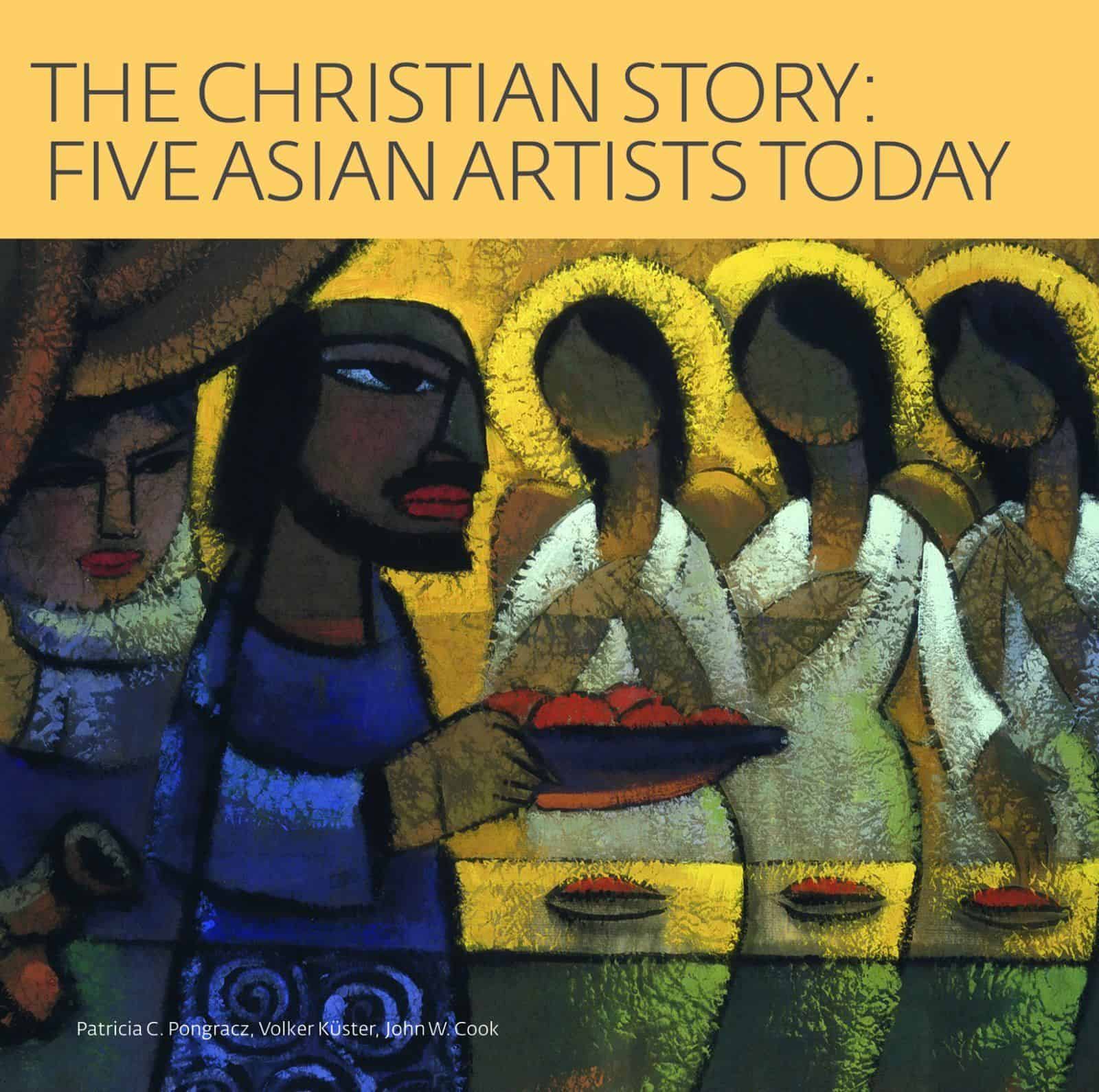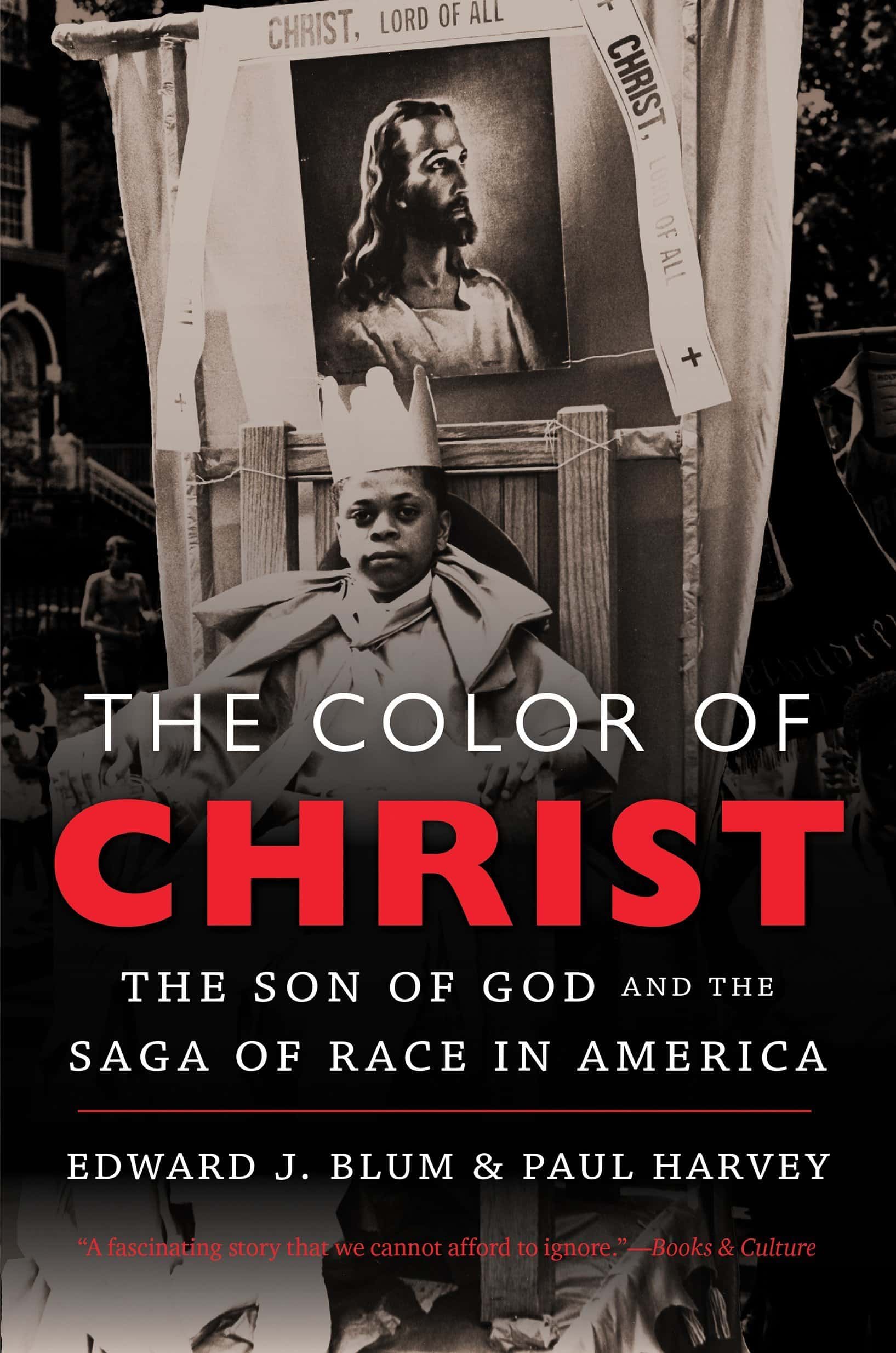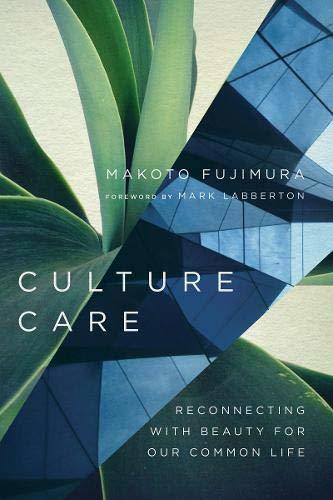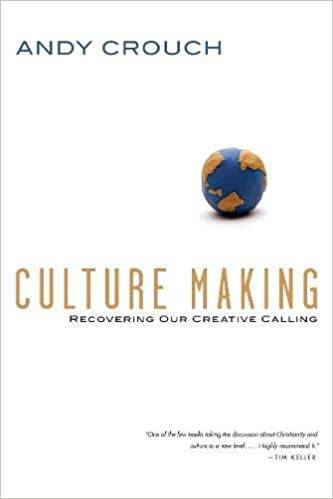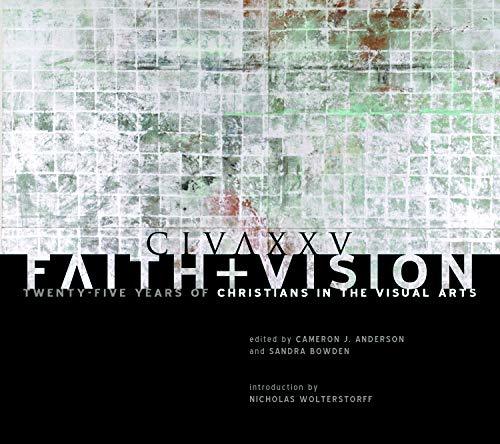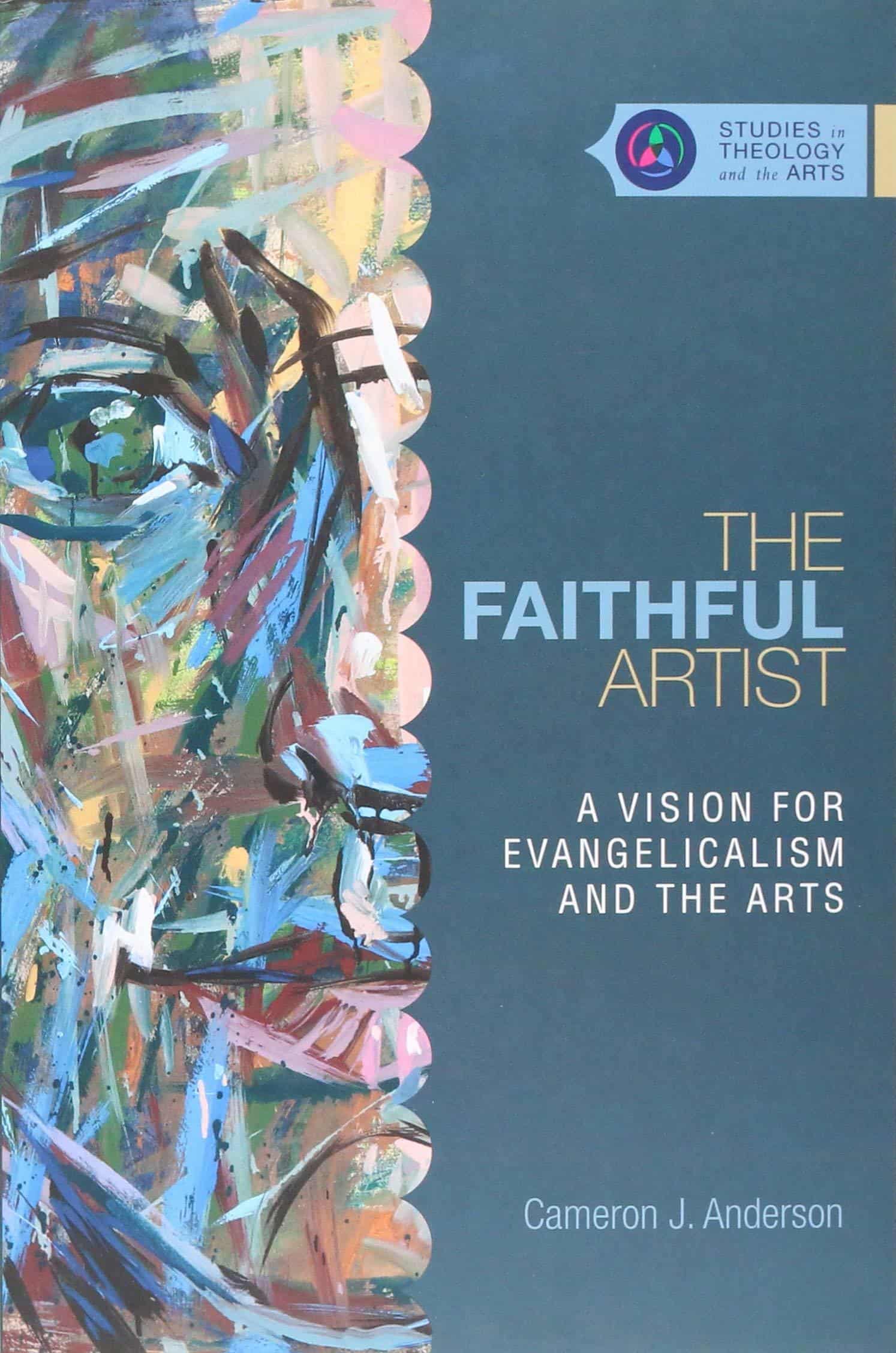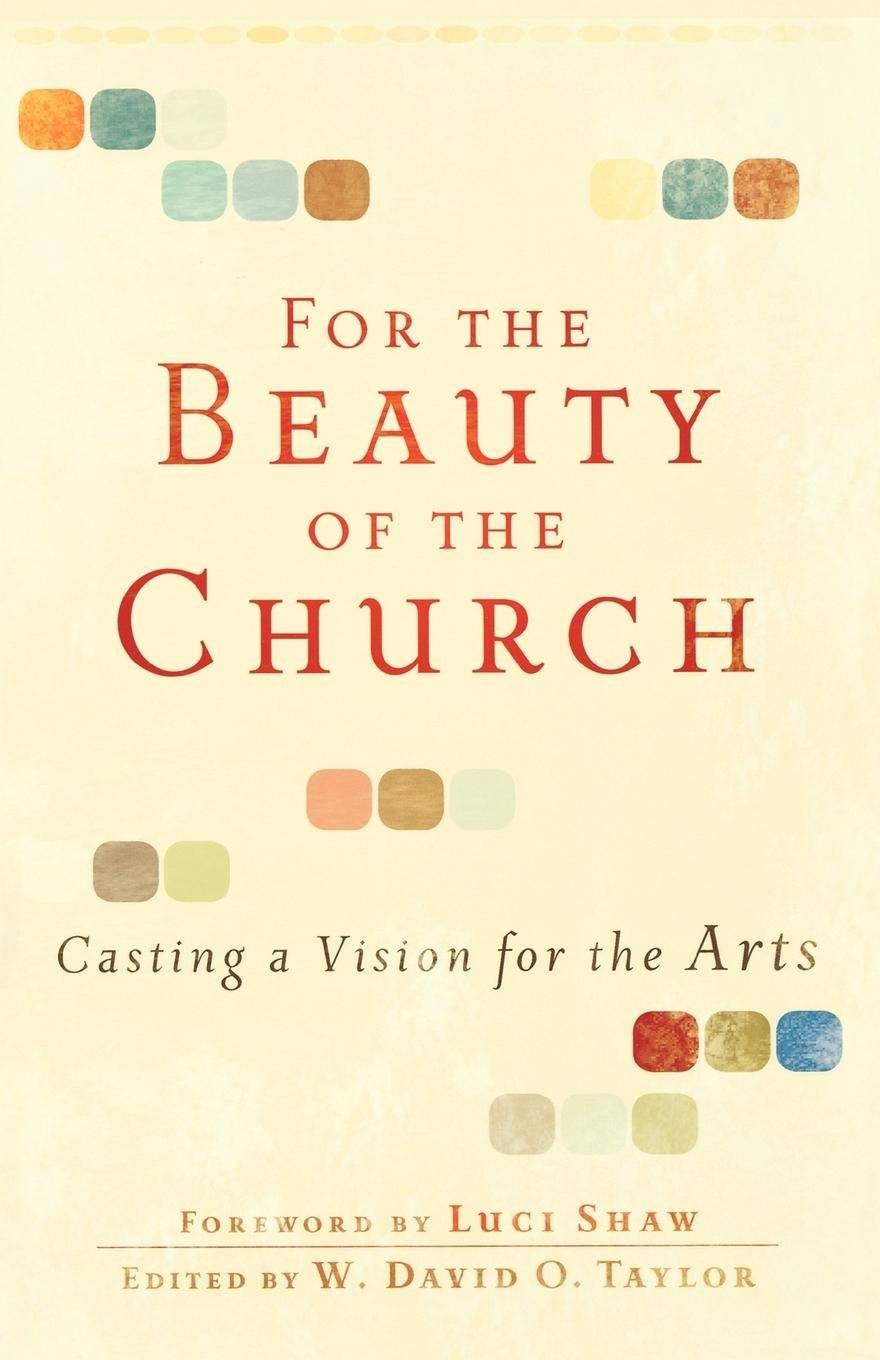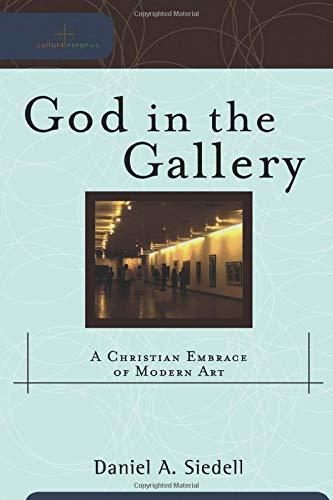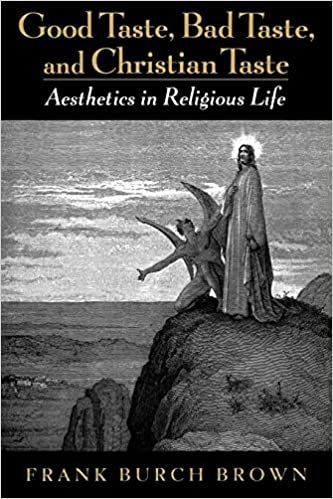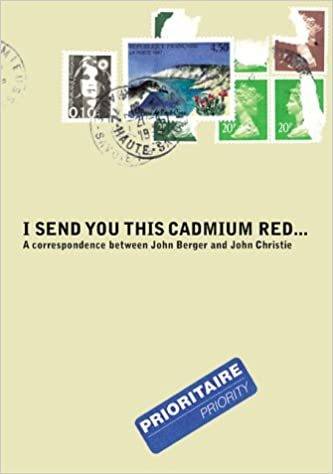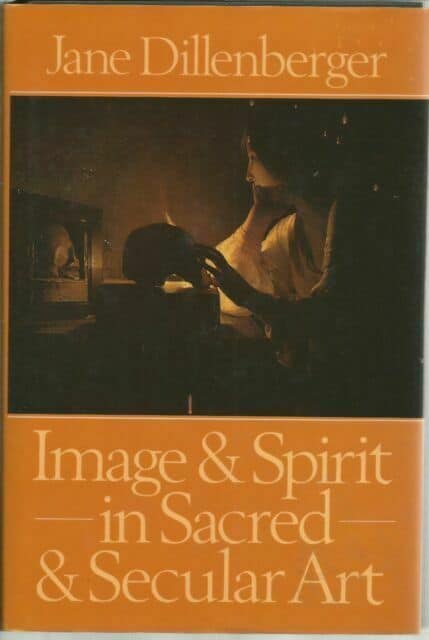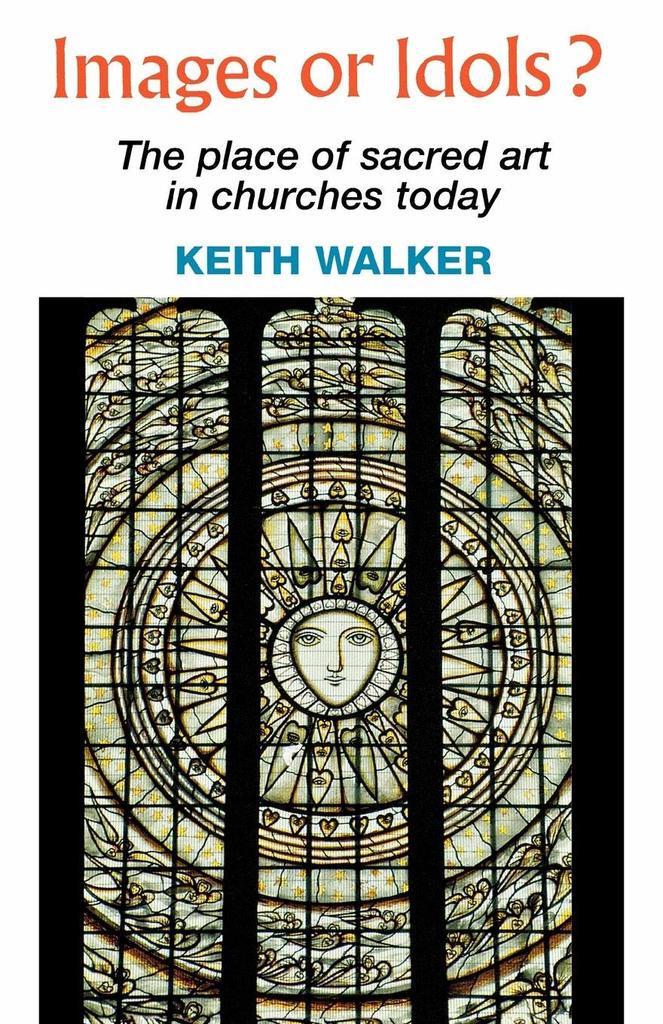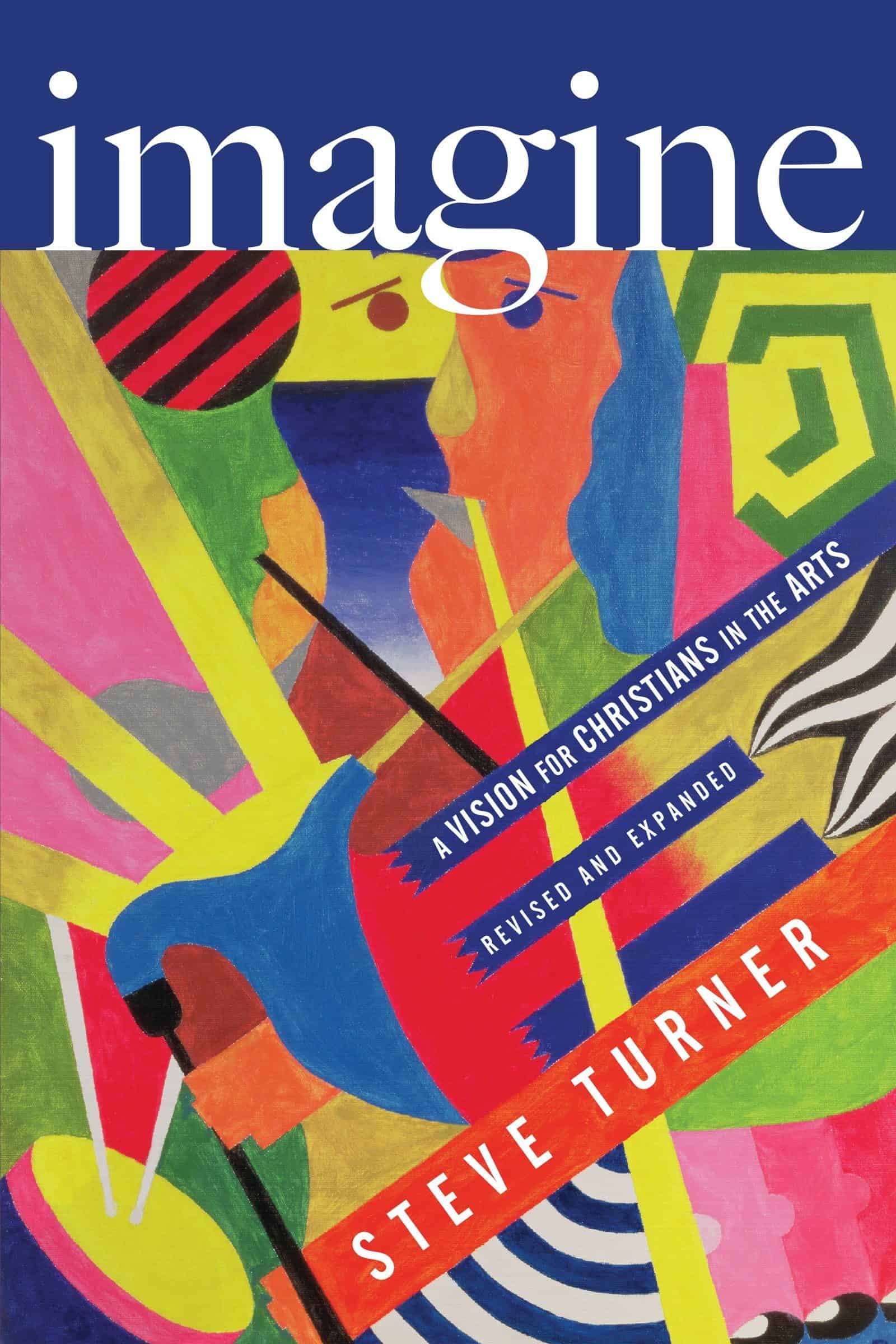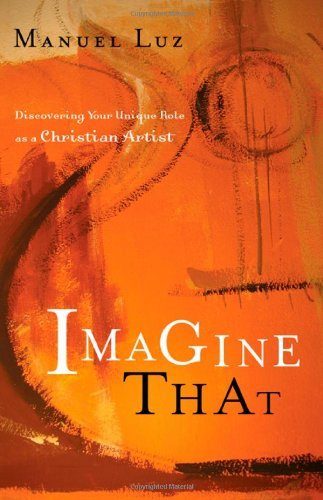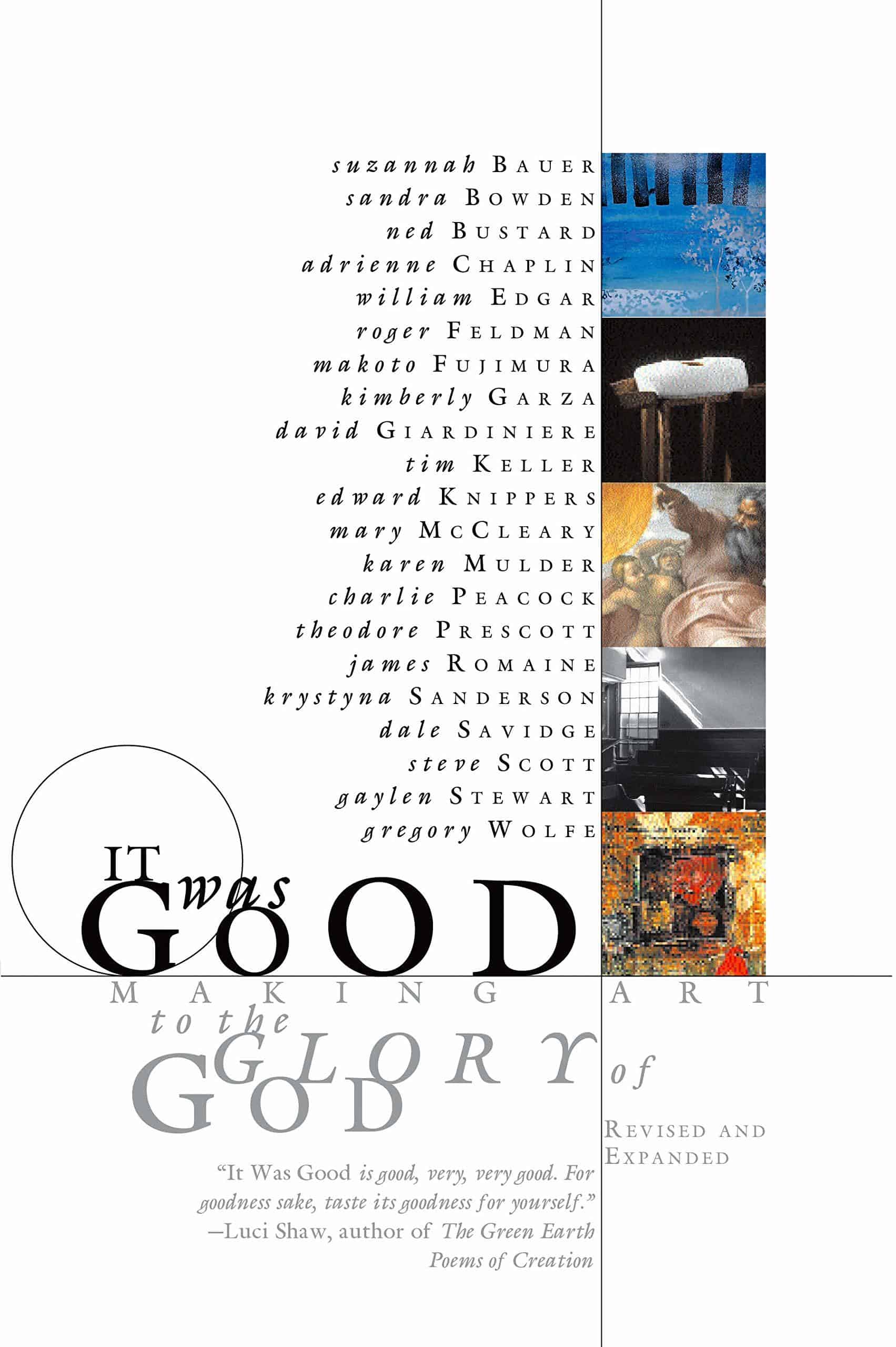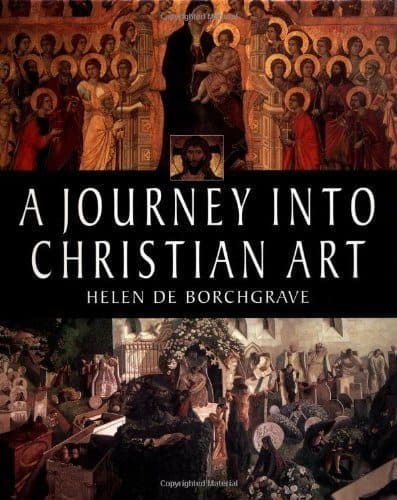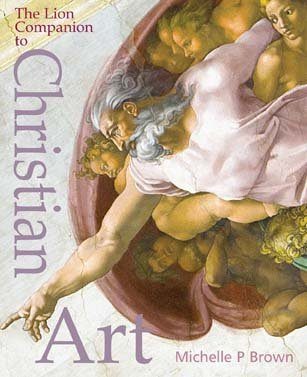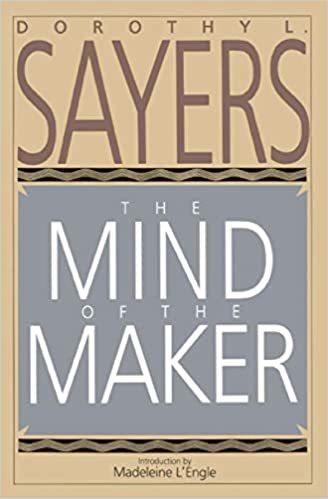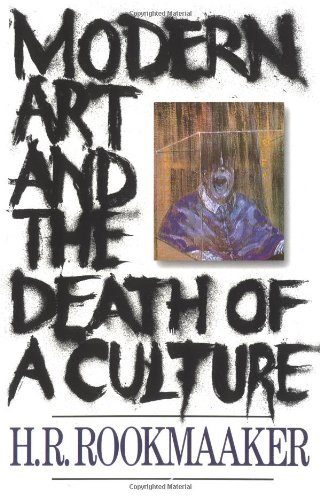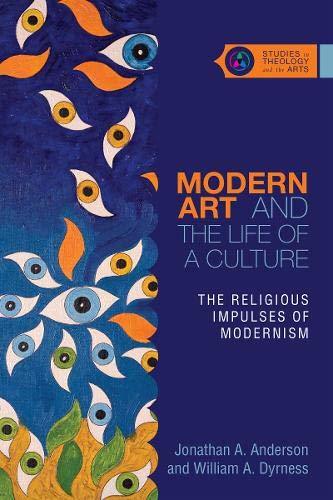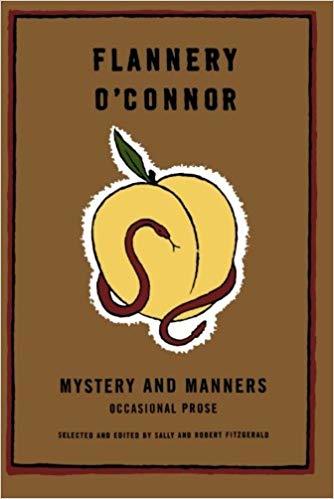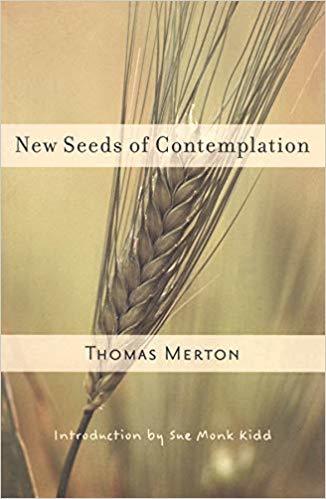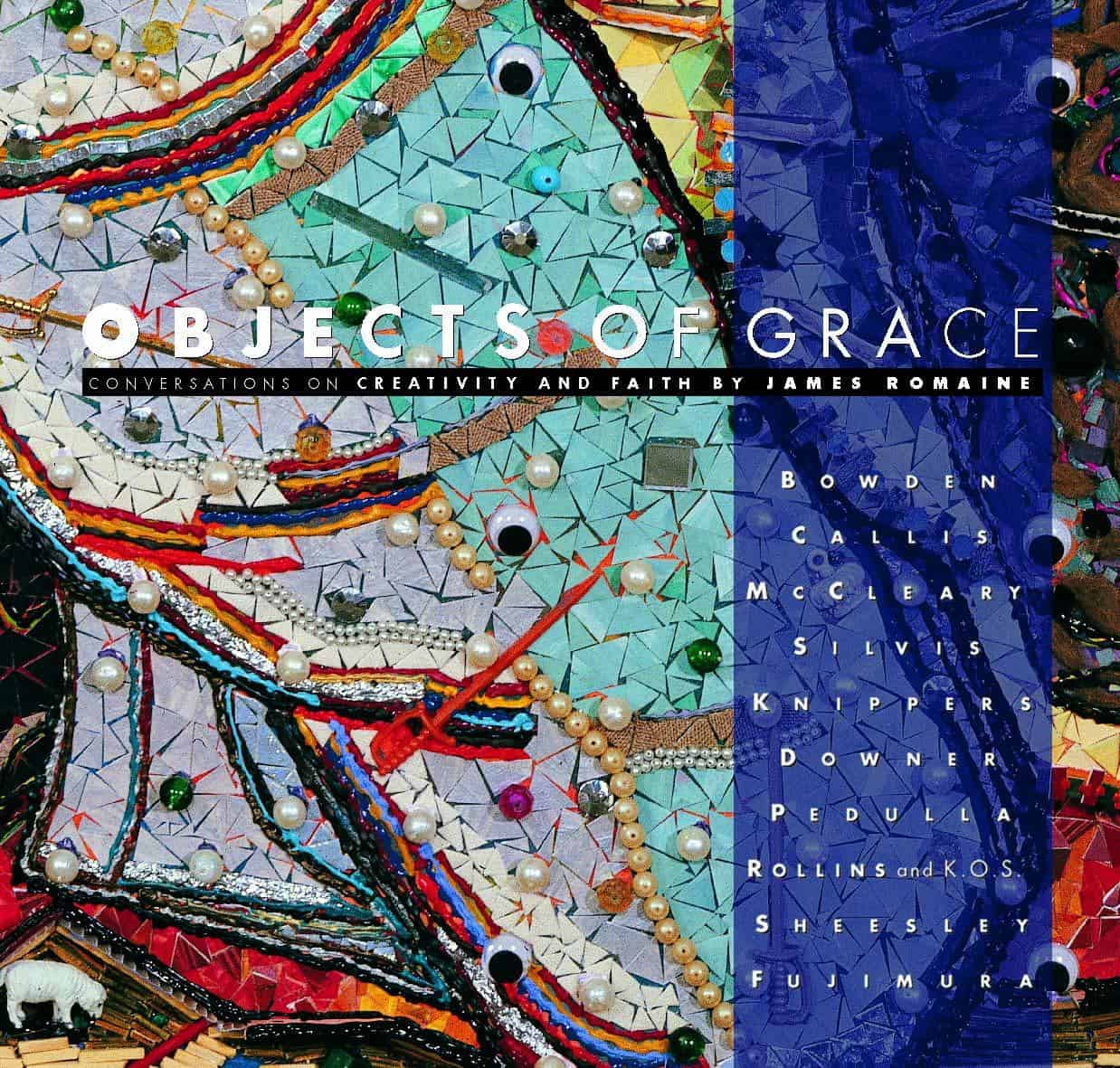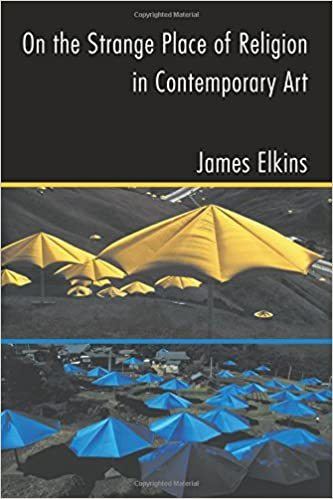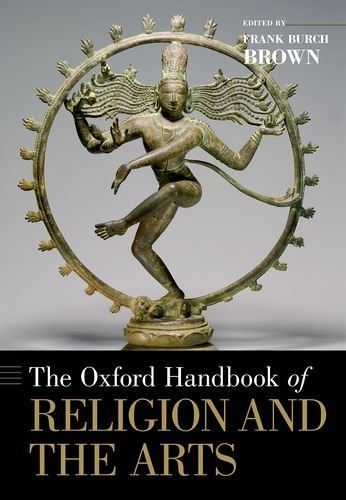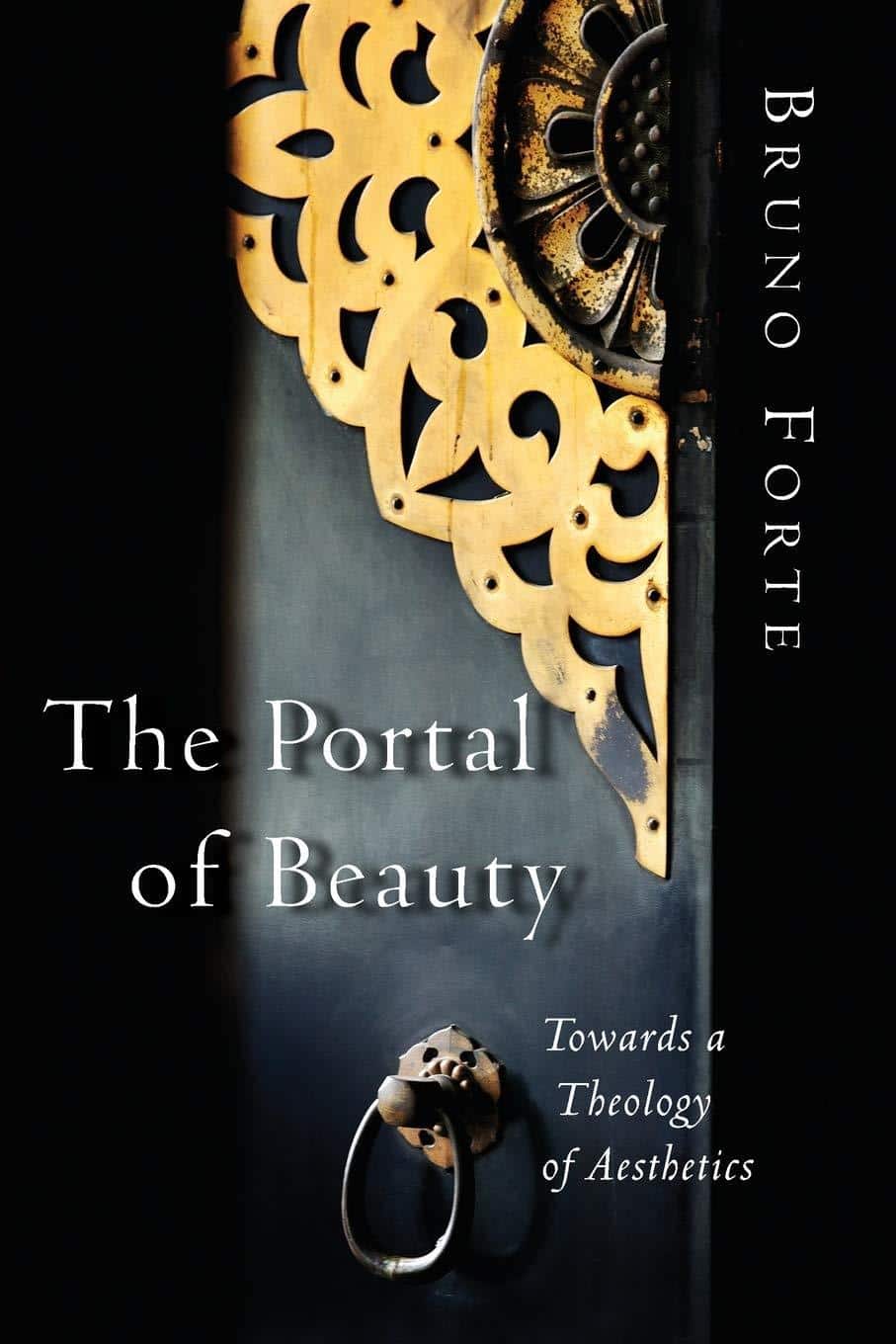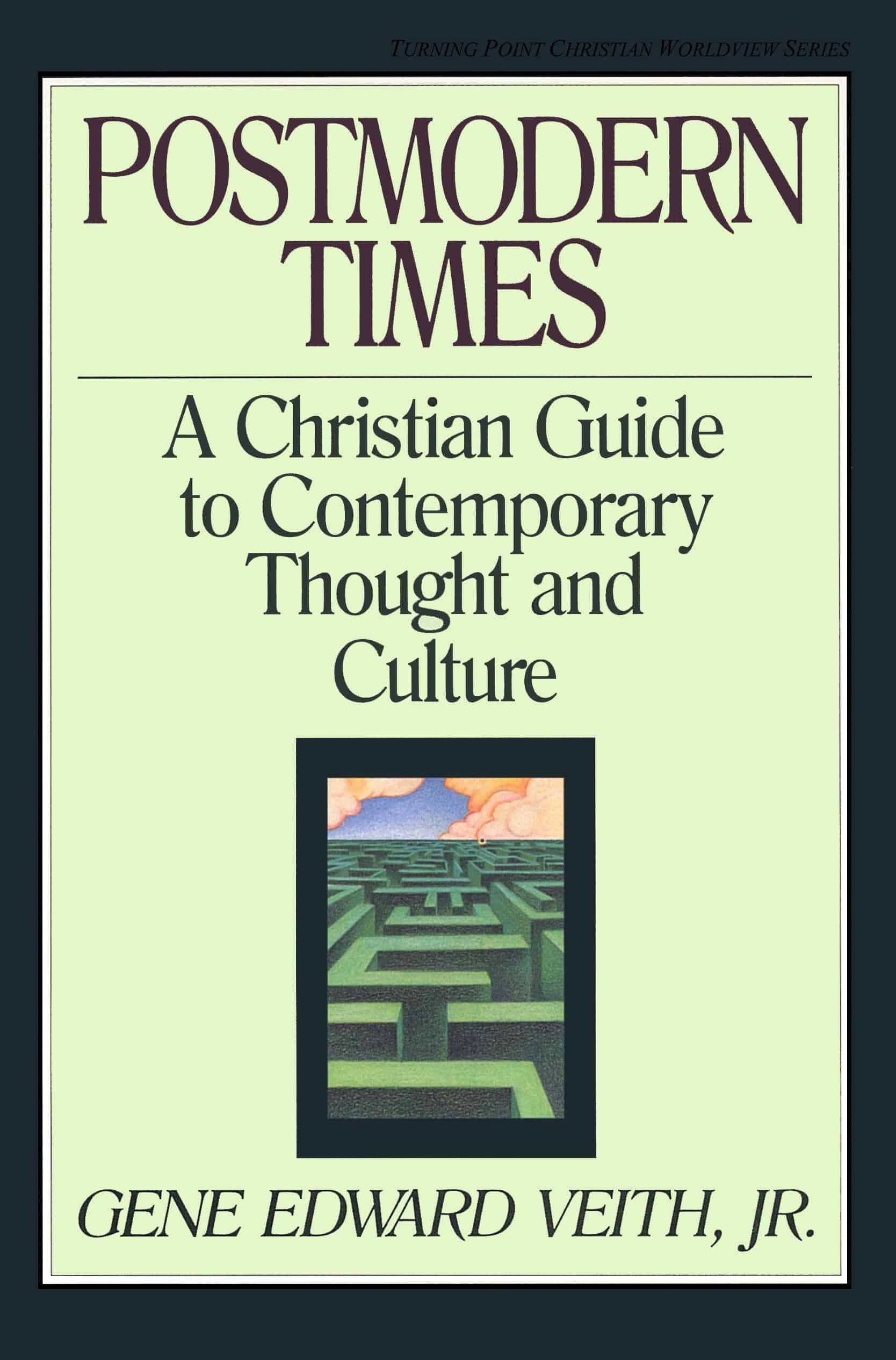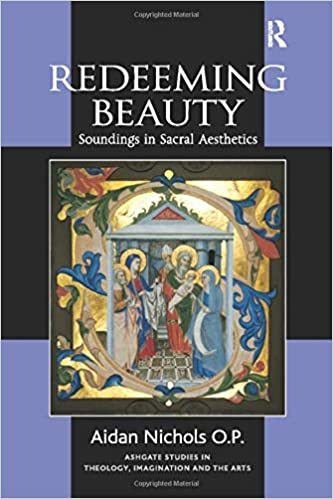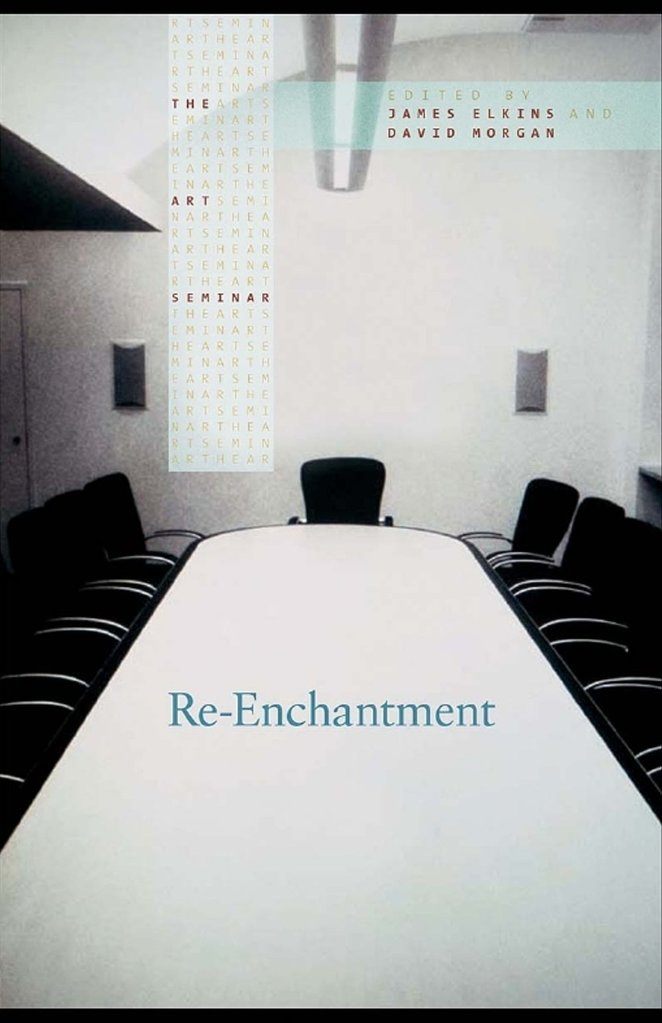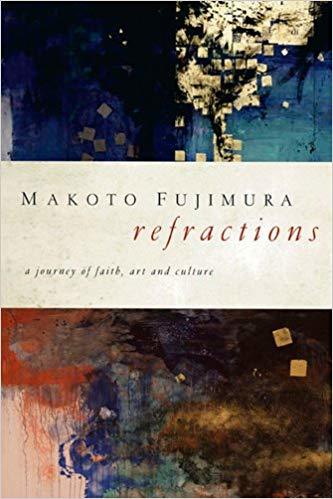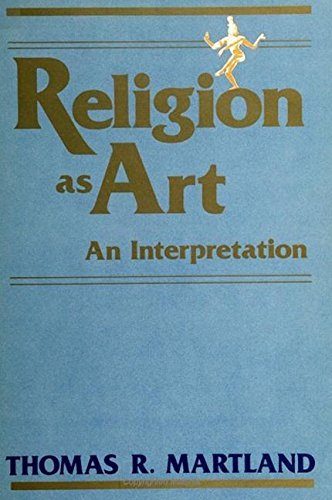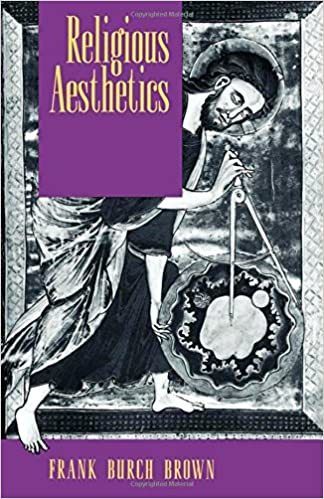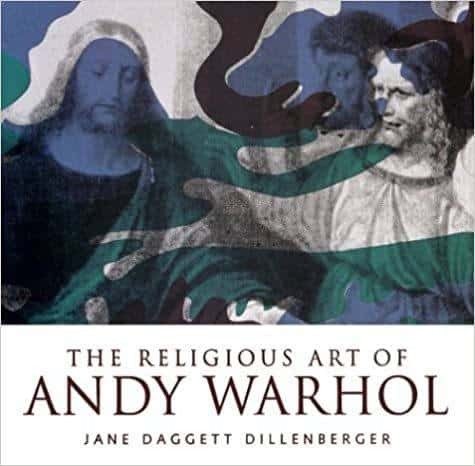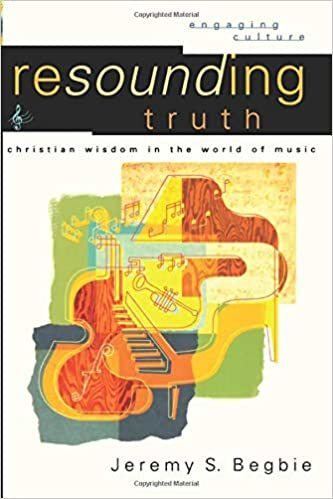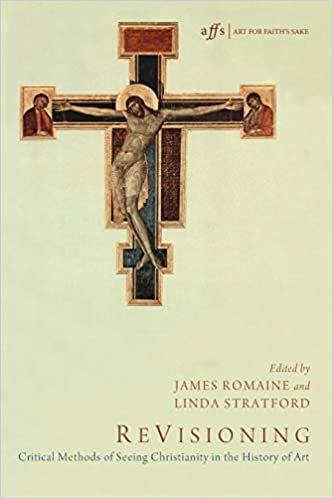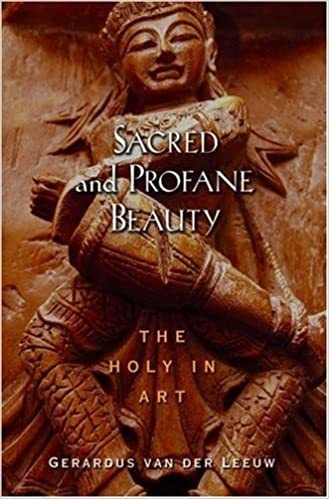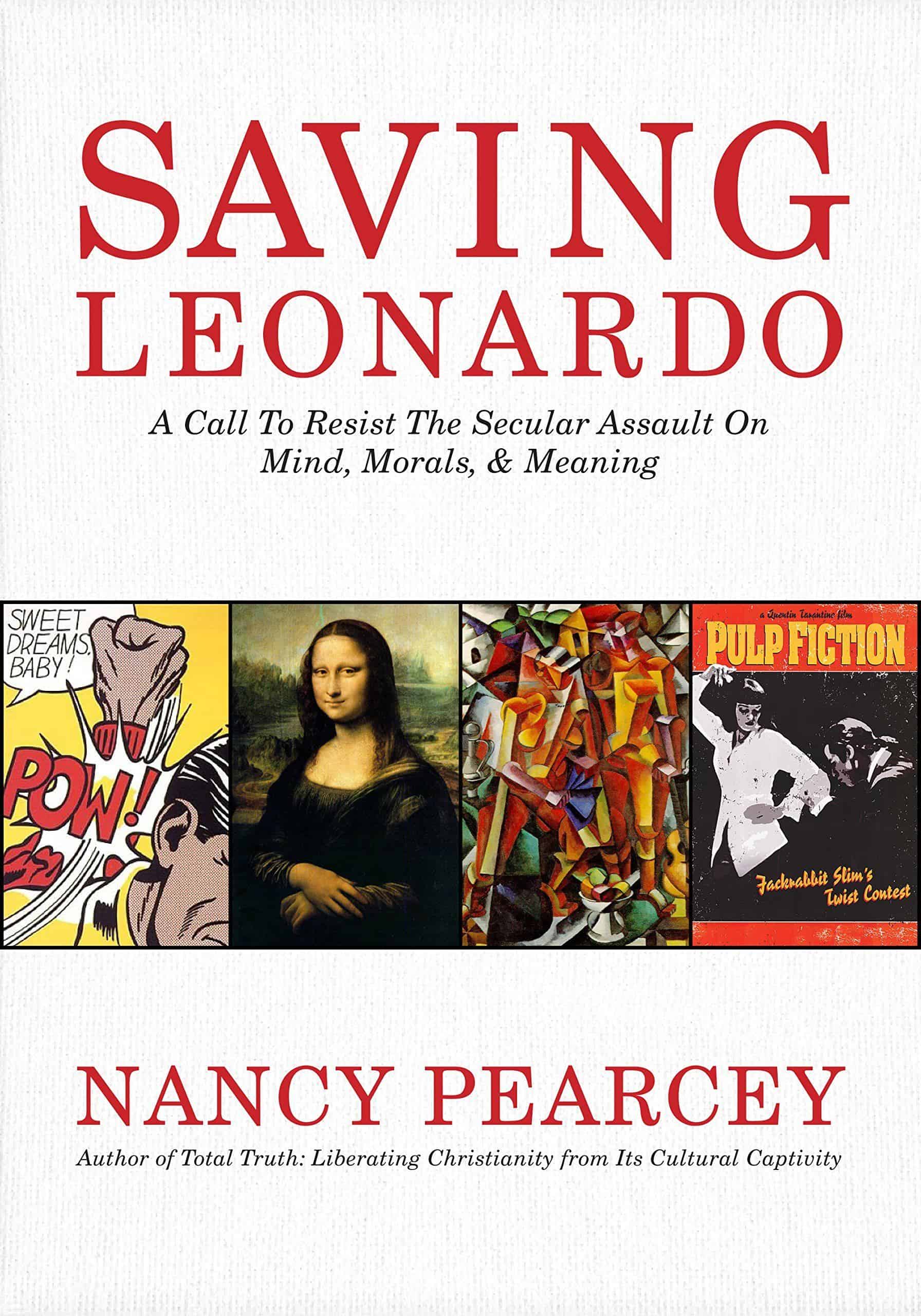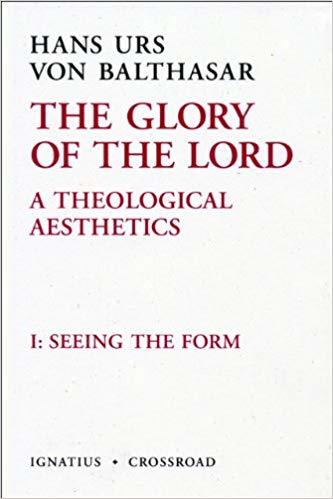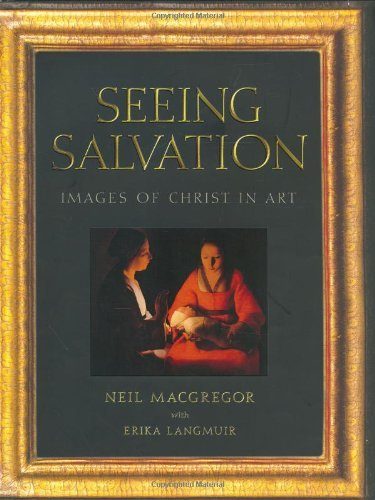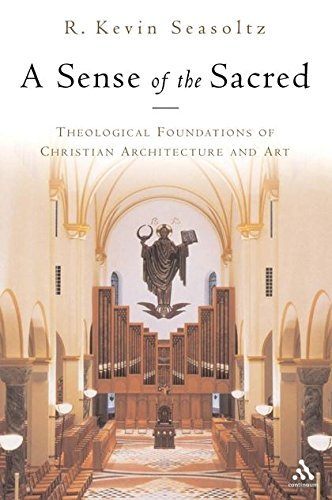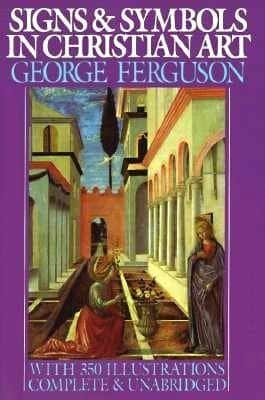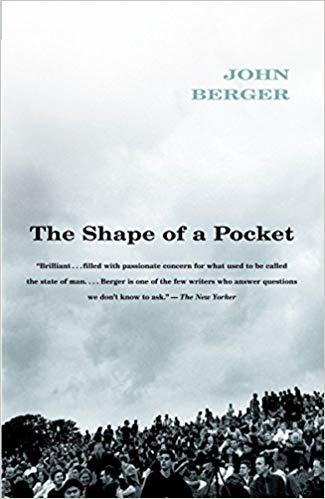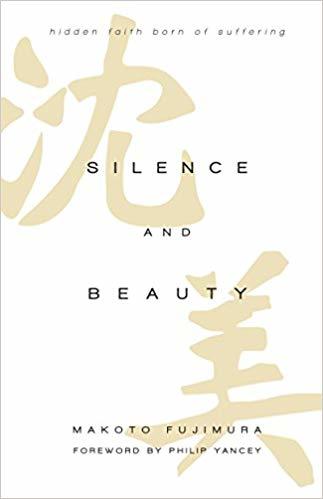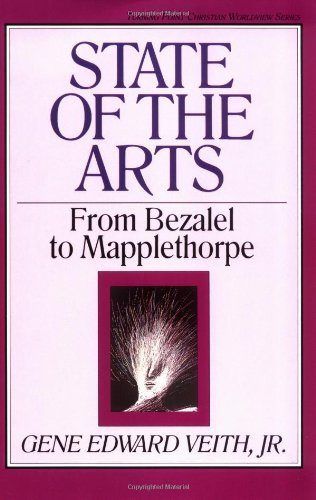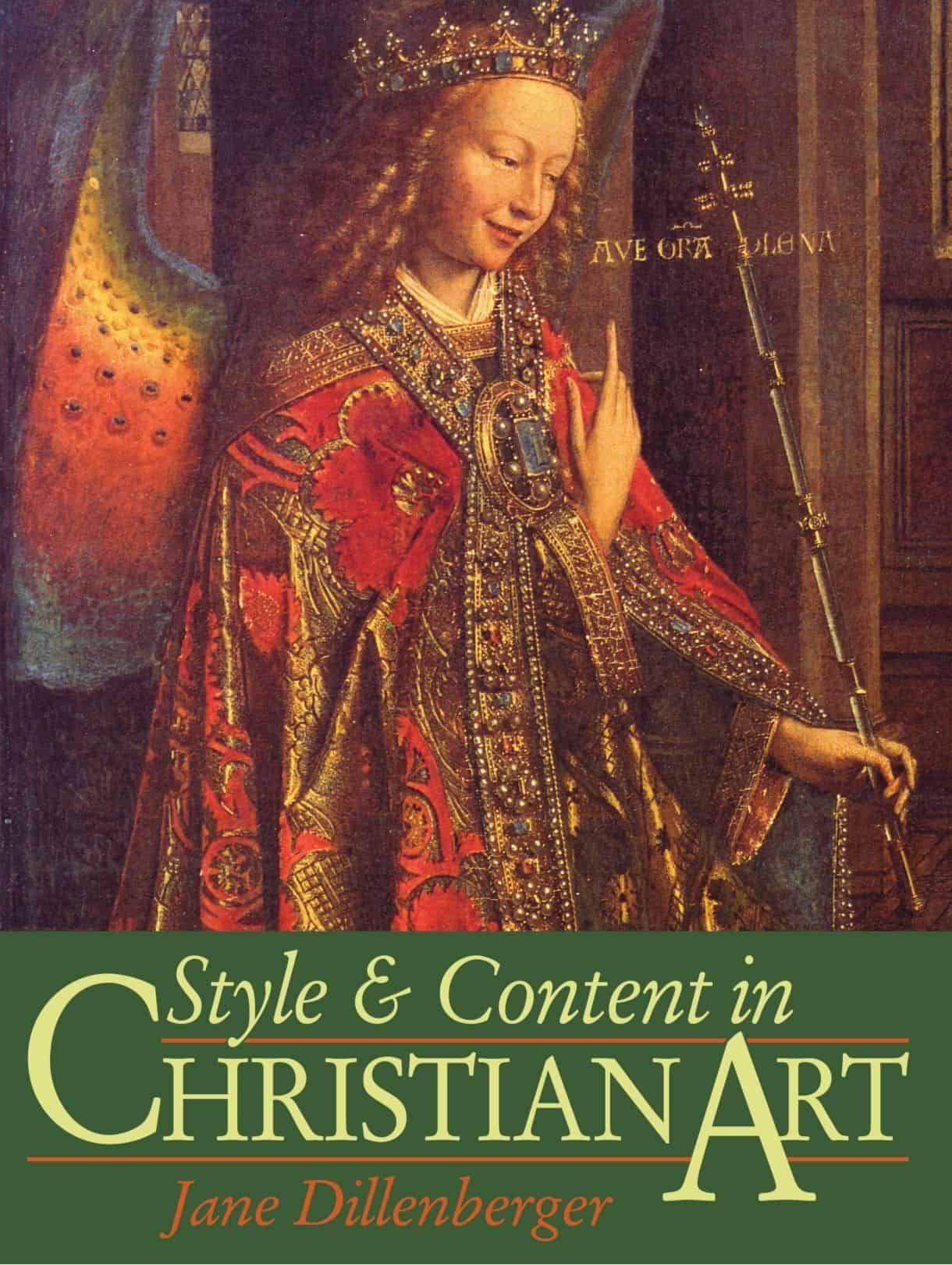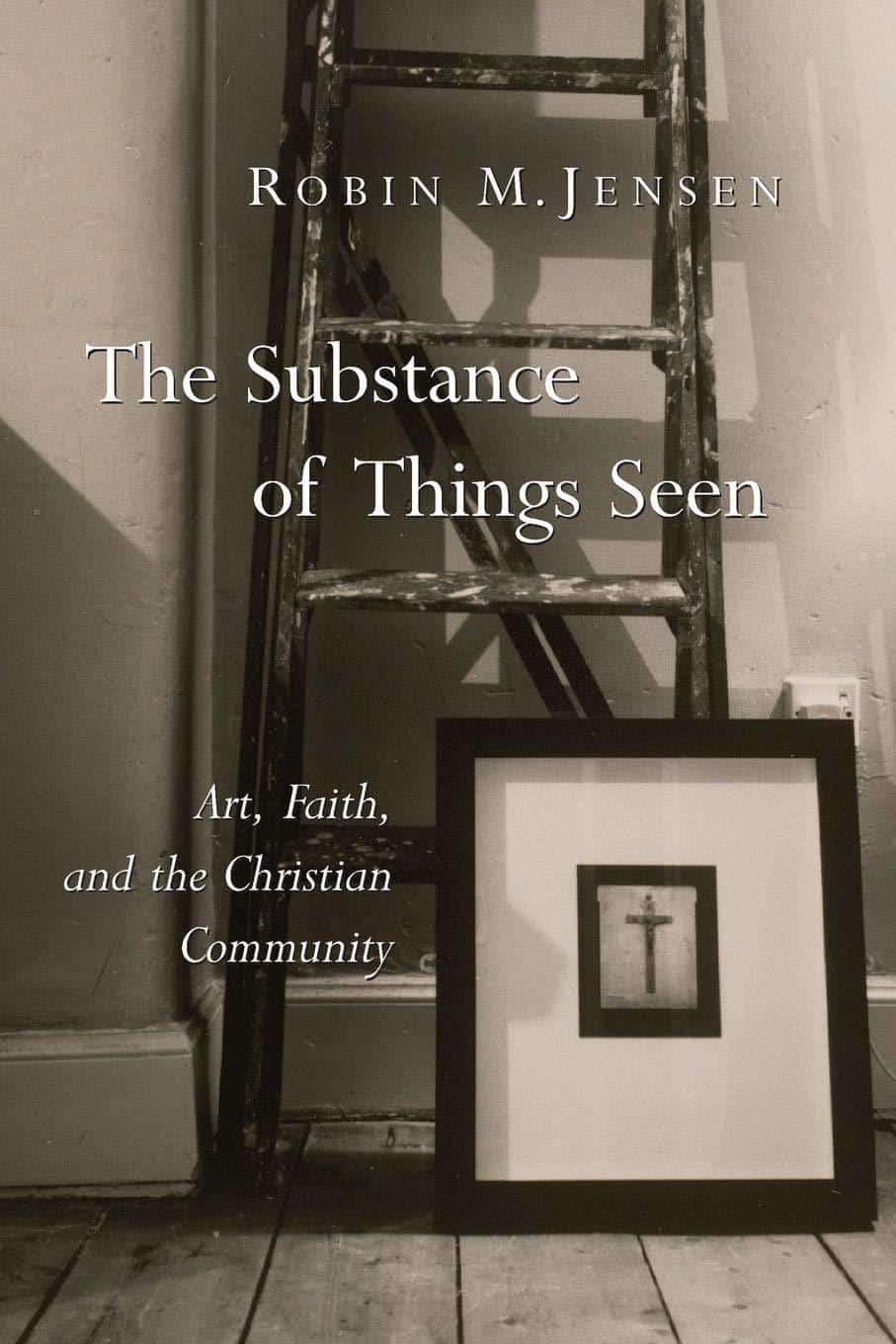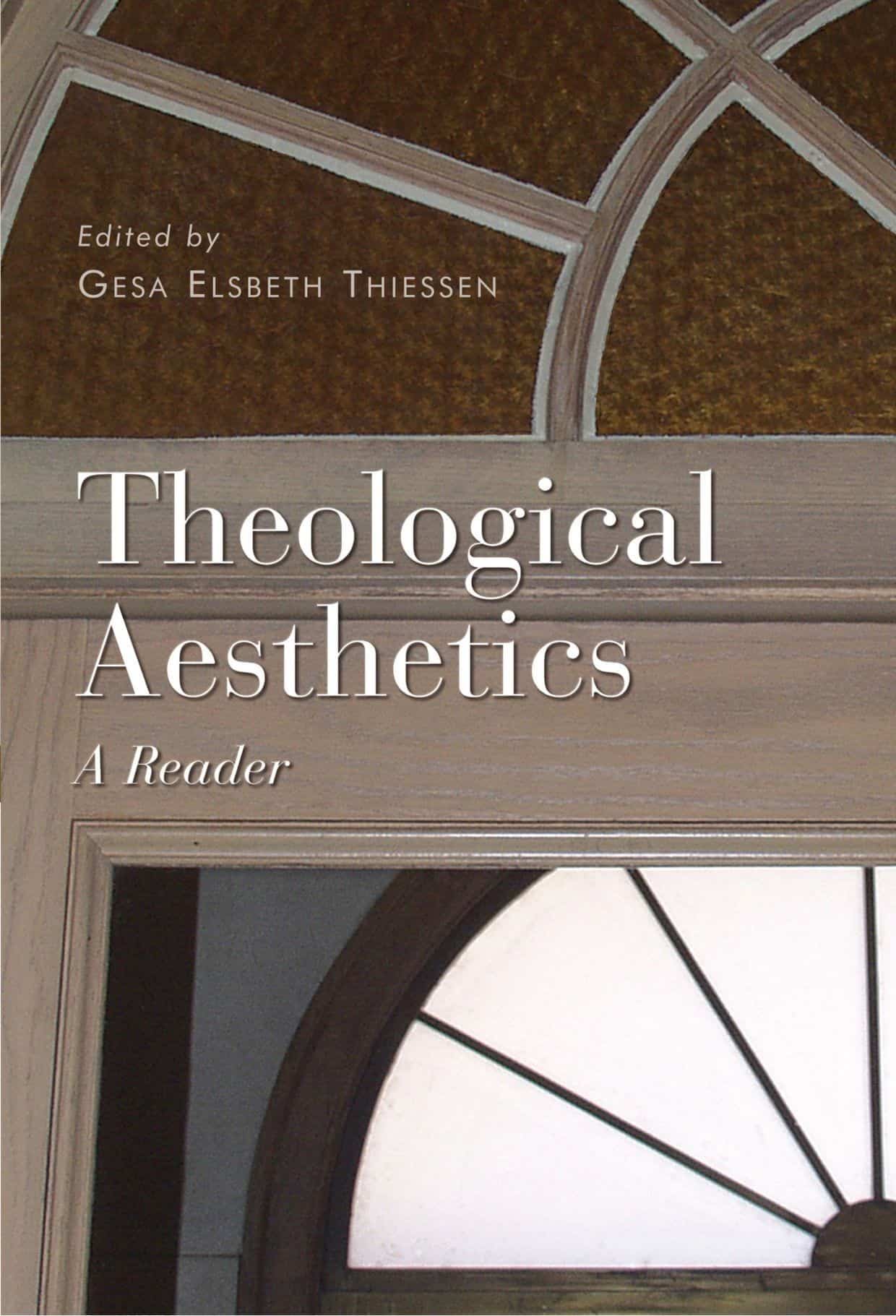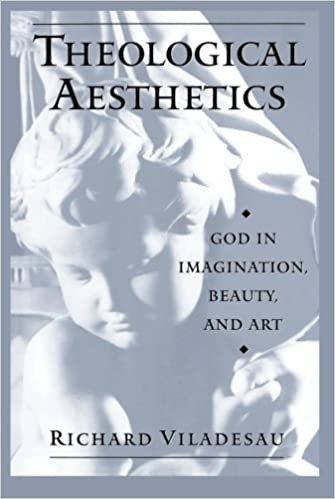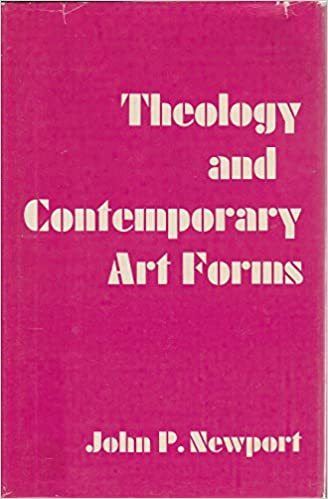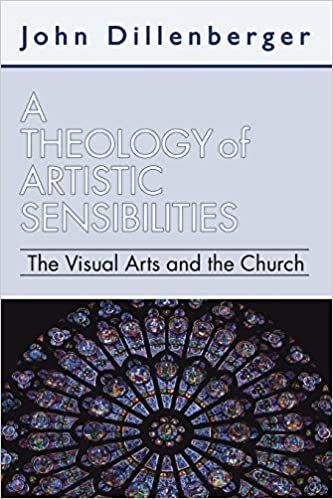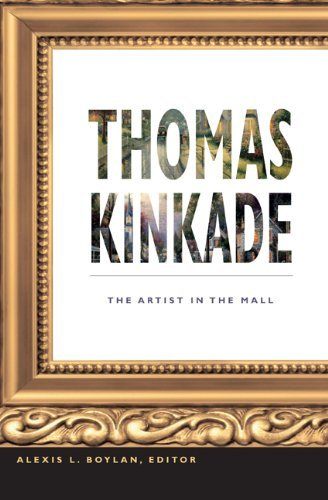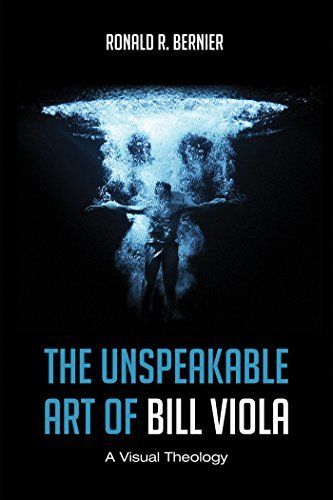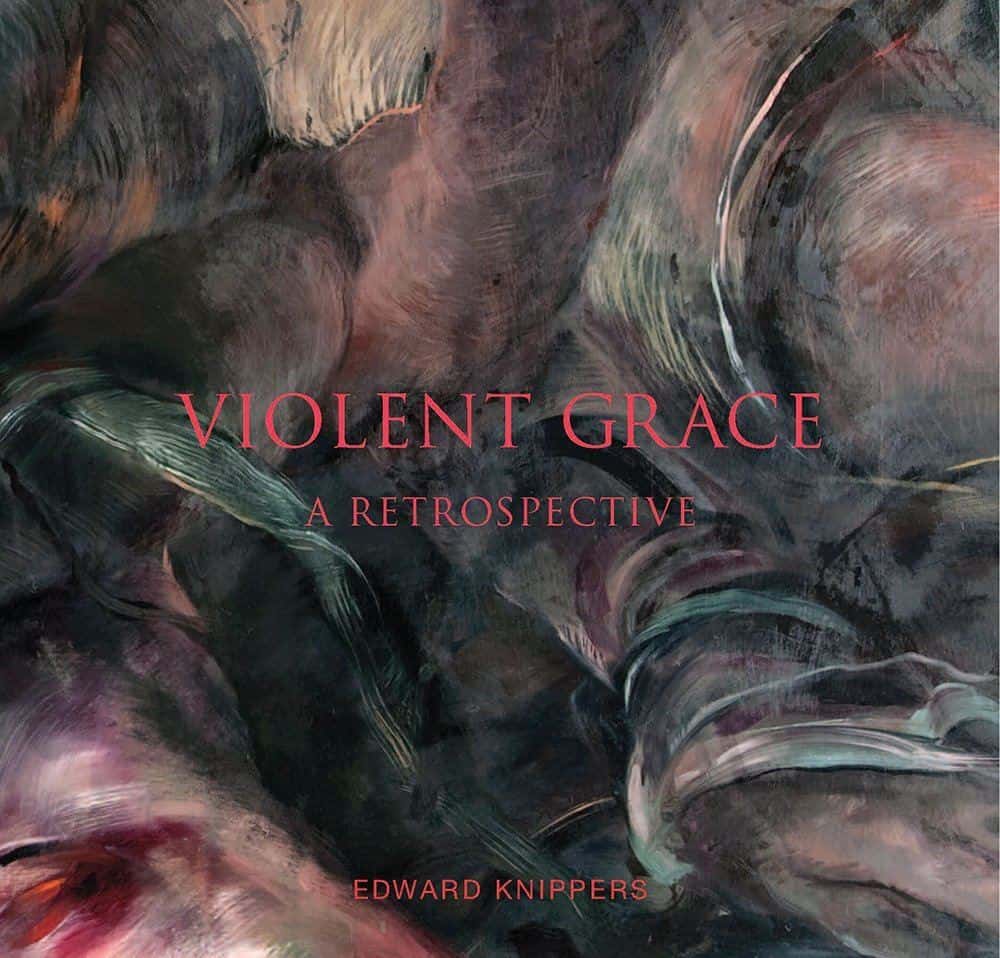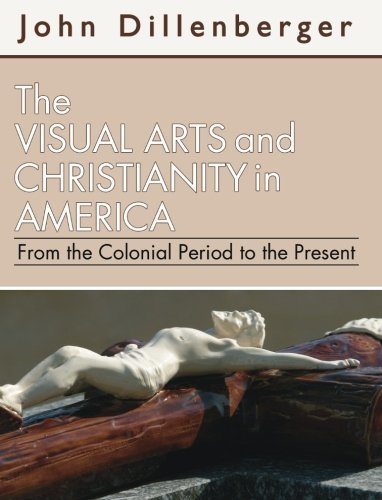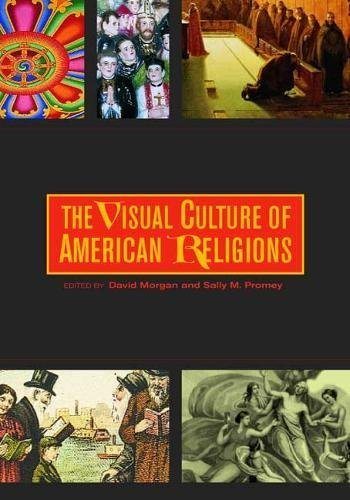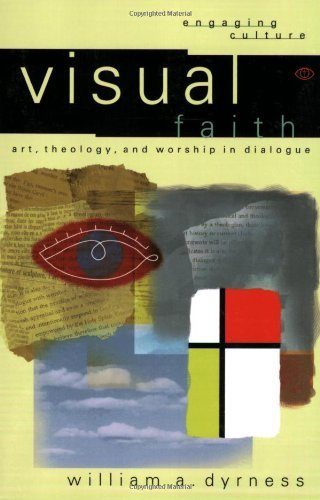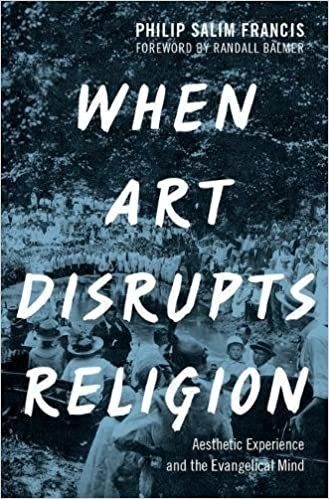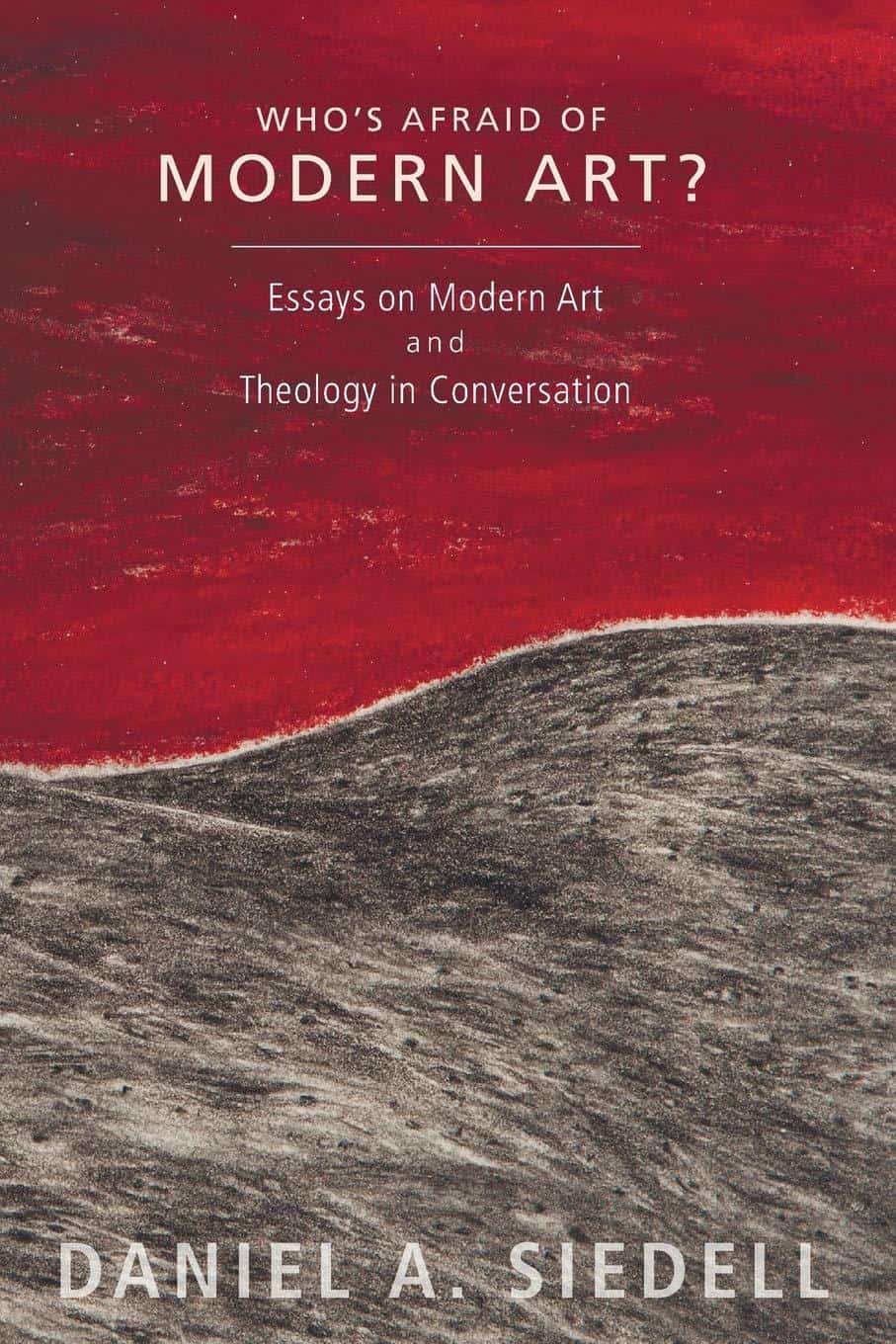Art & Faith Books
Publishers
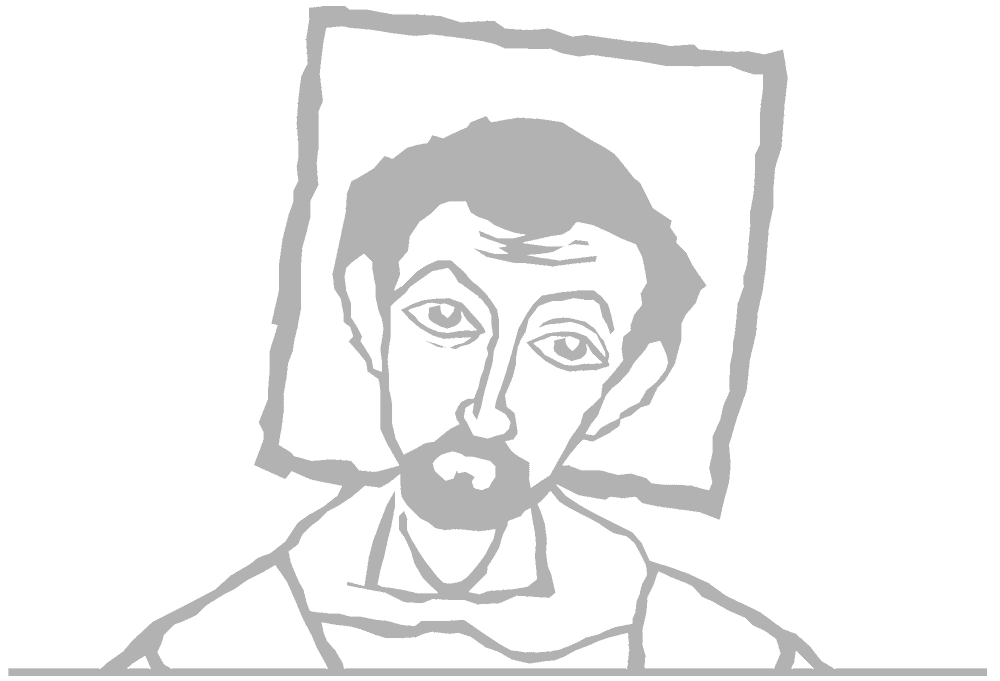
Square Halo Books- Square Halo began with the intent of publishing primarily theological works. Yet from the beginning, art has been a central part of their books. Then with the release of the acclaimed book It Was Good: Making Art to the Glory of God, their calling unfolded to include books not only featuring fine art but also books about fine art. All along the way artists from the CIVA community have played a major role in the projects developed by Square Halo Books and as they look toward future projects, they hope that those relationships deepen and expand.
Books
The list of books below is an ever-growing book list focusing on Art & Christianity specifically but with some focused on spirituality more generally. Not all entries are annotated but as time permits annotations will be added. Additionally, if there are books not found on this list feel free to send us a message from our about page.
After Paradise by Mary McCleary
Art & the Bible by Francis A. Schaeffer
This short booklet is a classic within the Evangelical and reformed world. This short book looks at both the Old and New testaments to provide a foundational Biblical argument for art. Forty years later this is assumed by many but it is foundational work upon which the last forty years have built. Schaeffer also outlines basic perspectives on art. These perspectives include both criteria for evaluating art and broader philosophical perspectives about art. These perspectives are not without problem and leave plenty of room for later writers to nuance and create sophistication Shaeffer’s basic outline.
Art and Scholasticism with Other Essays by Jacques Maritain
Art & Soul: Signposts for Christian in the Arts by Hilary Brand & Adrienne Chaplin
Brand and Chaplin combine the insights of a photographer and an aesthetician in this broad ranging book. Art & Soul covers a broad range of topics with a focus on the now rather than the historical development of the relationship between art and Christianity. They begin with a sober acknowledgement of the challenges contemporary Christian artists face with the fractured nature of post-modern art, the possibility provided by artistic openness to the spiritual, and a highly suspicious church culture. They then work through theological and philosophical discussions of art with a focus on affirming the arts. They even attempt to address in a rudimentary fashion artists concerns about vocation and calling.
Art, Creativity, and the Sacred: An Anthology in Religion and Art Ed. Diane Apostolos-Cappadona
Art for God's Sake: A Call to Recover the Arts by Philip Graham Ryken
The Art of God and the Religions of Art by David Thistlethwaite
Art of Edward Knippers: Prints and Drawings by James Romaine
The Art of Guy Chase Ed. James Romaine
The Art of Sandra Bowden Ed. James Romaine
Art in Action by Nicholas Wolterstorff
Wolterstorff provocatively challenges much of the modern Western assumption about art. Primary to the Western perspective is the idea that art is fundamentally for aesthetic contemplation and that this “uselessness” is central to something being art. Wolterstorff on the other hand advocated a useful perspective on art. He is not advocating an elimination of art but rather softening the boundaries between high art and other manifestations of art. Ultimately, he argues that art cannot avoid responsibility and that purely being self-referential is not responsible.
Art Needs no Justification by Hans R. Rookmaaker
This is an important work in the history of evangelical engagement in the arts. Prior to the work of Rookmaaker art had little theological or theoretical justification within evangelicalism. His primary insight was two-fold. First, Christ is lord of all and as such is lord of more than just what is overtly religious. Second, art is an end in and of itself and as such needs no justification. Those two insights have been crucial for evangelical engagement of the arts. But that said, Rookmaaker has a strong conservative strand in his approach to art which in some ways is very apparent now several decades later. Also, since Rookmaaker was one of the first evangelicals to think i these ways some ideas are not clearly formed and live in uncomfortable tensions and maybe even contradictions. Still this is an important book for those who are interested in the arts and faith dialogue and is helpful to those who are just beginning to think on these issues.
The Arts in Your Church: A Practical Guide by Fiona Bond
Beauty Given by Grace: the Biblical Prints of Sadao Watanabe by Sandra Bowden and I. John Hesselink
Beholding the Glory Ed. Jeremy Begbie
This edited volume brings together writing by artists, musicians, theologians, dancers, writers, and poets. It does not provide so much a theology of art but a look at how art does theology. The focus is on the doctrine of incarnation and how the arts can enliven and deepen our understanding and experience of incarnational theology.
Beyond Belief: Theoaesthetics or Just Old-Time Religion by Ronald R. Bernier
Bridge to Wonder: Art as a Gospel of Beauty by Cecilia González-Andrieu
Christian Faith and the Contemporary Arts by Robert Penn Warren, Ed. Finley Eversole
The Christian Imagination: Essays on Literature and the Arts Ed. Leland Ryken
The Christian Story: Five Asian Artists Today by Patricia C. Pongracz, Volker Küster, and John W. Cook
The Color of Christ: The Sone of God and the Saga of Racein America by Edward J. Blum and Paul Harvey
Concerning the Spiritual in Art by Wallisy Kandinsky, translated M.T.H. Sadler
Kandinsky views painters and artists in general as spiritual leaders. He begins by proclaiming the prophetic nature of art and the rarity of spiritual leaders and the progressive nature of spiritual understanding. He advocates that painting be freed from reference to nature, the material much as music is free from the reference. He then discusses his thoughts on the psychology and language of color. He further advocates that the artist has the responsibility to dispose of paintings dependence on the material. Finally, he addresses the responsibility of the artist to have content and meaning beyond just formal mastery.
Crying for a Vision and Other Essays by Steve Scott, Ed. Gord Wilson
Culture Care: Reconnecting with Beauty for our Common Life Makoto Fujimura
Culture Making: recovering Our Creative Calling by Andy Crouch
Faith + Vision: Twenty-Five Years of Christians in the Visual Arts ?Ed. Cameron Anderson and Sandra Bowden
The Faithful Artist: A Vision for Evangelicalism and the Arts by Cameron J. Anderson
For the Beauty of the Church: Casting a Vision for the Arts ed. W. David O. Taylor
God in the Gallery: A Christian Embrace of Modern Art by Daniel A. Siedell
Good Taste, Bad Taste, and Christian Taste by Frank Burch Brown
Brown continues his phenomenological approach to aesthetics to argue for the practical values of aesthetic study in theology. He argues that Christians are often embroiled in aesthetic controversy without the theological framework to resolve the issues in a meaningful way. Think of wars over music style, church architecture, and carpet color. His discussion of Kitsch through an experiential and non-elitist, though value driven, lens is particularly illuminating. Brown concludes that aesthetic theology is beneficial to the spiritual life of the church and that a connection of the church to the corporeal and even aesthetic is an essential element of spiritual health.
I Send You This Cadmium Red... by John Berger and John Christie ????????
Icons of American Protestantism: The Art of Warner Sallman Ed. David Morgan
Image & Spirit in Sacred & Secular Art by Jane Dillenberger
Images or Idols?:The Place of Sacred Art in Churches Today by Keith Walker
Imagine: a Vision for Christians in the Arts by Steve Turner
Turner outlines the history for the troubled state of "Christian art" today. More importantly though, he provides a solid religious/ aesthetic theory from which Christian artists can approach their work. He argues that art produced by Christian artists needs not be overtly religious. God is the God of the "secular" and the "religious". Especially helpful is Turner's theory of five concentric circles. The circles represent different levels of direct religiosity in the work with the outer showing no specific worldview and the inner being focused on the cross. Turner goes further and asks if it is actually possible to produce the type of powerful art he is advocating and then he backs up his argument with examples. Turner’s primary example pulls from his history as a music critic. He argues that U2, his primary example, effectively does what he proposes but he also points to screenwriters, fiction writers and animators who provide appropriate examples.
It was Good Making Art to the Glory of God, Second Edition Ed. Ned Bustard
The 21 contributors of this book do not set out to defend artistic practice for a Christian or to defend the theological significance of aesthetics. In large part that is assumed. However, most of the contributors come from evangelicalism so the defensiveness is in many was built into their thinking. Bustard collected writings and interviews from a broad range of contributors: Pastors, Theologians, Philosophers, Writers, Poets, Musicians, Art Historians, Painters, Sculptors, Mixed Media Artists, Graphic Designers, and more. The pertinent question of this book is: what does it mean to be an artist holding to the Christian faith? This book explores that question from 21 unique angles.
A Journey into Christian Art by Helen de Borchgrave
The Lion Companion to Christian Art by Michelle P. Brown
The Mind of the Maker by Dorothy Sayer
Modern Art and the Death of a Culture by H.R. Rookmaaker
Artists are cultural bellwethers to Rookmaaker. As a result, he concentrates the bulk of his discussion on the development of art and its relationship to philosophical developments. Heavily influenced by the cultural upheaval of the 1960’s Rookmaaker focuses rather heavily on the decay and death he sees in culture and art. He admits the possibility of redemptive art but has no sophisticated path forward aesthetically in practice or philosophy.
Modern Art and the Life of a Culture: The Religious Impulses of Modernism by Jonathan A. Anderson and William A. Dyrness
Mystery and Manners by Dorothy Sayer
New Seeds of Contemplation Thomas Merton
Objects of Grace: Conversations on Creativity and Faith by James Romaine
On the Strange Place of Religion in Contemporary Art by James Elkins
The Oxford Handbook of Religion and the Arts Ed. Frank Burch Brown
The Portal of Beauty: Towards a Theology of Aesthetics by Bruno Forte
Postmodern Times: A Christian Guide to Contemporary Thought and Culture by Gene Veith Jr.
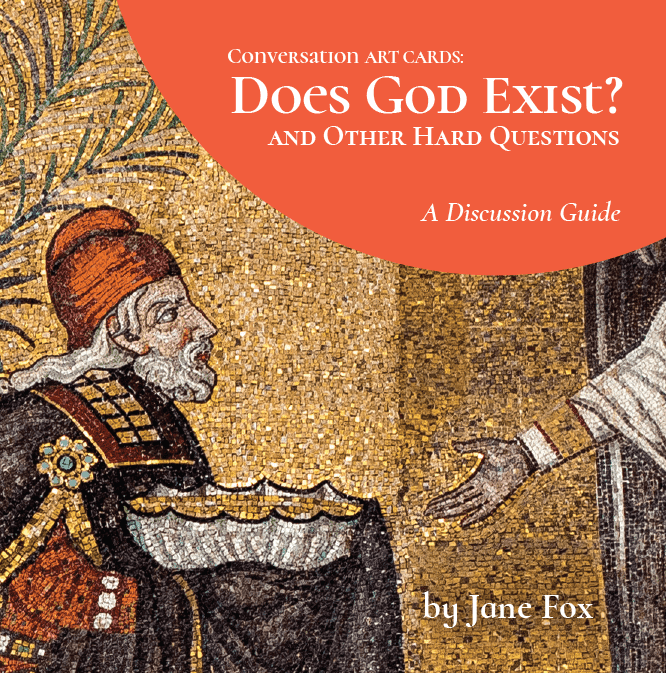
Questions Conversation Art Cards:Does God Exist? And Other Hard Questions by by Jane Fox
Use great art to spur great conversations about life’s greatest questions, such as: Does God exist? How would one know? If He does exist, what is He like? How would His existence change anything about my life?
Redeeming Beauty: Soundings in Sacral Aesthetics by Aidan Nichols O.P.
Re-Enchantment (The Art Seminar) ed. James Elkins and David Morgan
Refractions: A Journey of Faith, Art, and Culture by Makoto Fujimura
Religion as Art: An Interpretation by Thomas R. Martland
Religious Aesthetics by Frank Burch Brown
This book is early in the contemporary resurgence of Theological Aesthetic thought. Brown specifically addresses why aesthetics is worthy of theological consideration. He takes a decidedly phenomenological approach to his discussion of aesthetics and religious meaning. This phenomenological context is crucial to his entire approach to Theological Aesthetics. This approach which is concerned with the religious experience is used as justification to grant Theological Aesthetics concerns particular to any religion (theistic or not) that are in some way different from Philosophical Aesthetics without wholly discarding the purely philosophical concerns.
The Religious Art of Andy Warhol by Jane Daggett Dillenberger
Resounding Truth provides a thorough discussion on the history of theological discussion on music. Begbie as a trained musician and theologian who teaches at Cambridge is uniquely qualified for this task. For there, he moves onto the more practical matter of discussing what he calls a “Christian Ecology” and what it is like to think about music from within that ecology. Begbie concludes that the task at hand is to develop wisdom and discernment when thinking about music which requires a rooting in creation and the incarnation and a denial of a dualistic perspective.
ReVisioning: Critical Methods of Seeing Christianity in the History of Art: Ed. James Romaine and Linda Stratford
Sacred and Profane Beauty: The Holy in Art ?by Gerardus van der Leeuw
Seeing Salvation:Images of Christ in Art by Neil MacGregor and Erika Langmuir
A Sense of the Sacred: Theological Foundations of Christian Architecture and Art by R. Kevin Seasoltz
The Shape of a Pocket by John Berger
This is a classic on Christian Iconography the book carefully details the complete basics of Christian Iconography. This is an indispensable resource for those interested in art history and depictions of Christianity in art.
Silence and Beauty: Hidden Faith Born of Suffering by Makoto Fujimura
State of the Arts: From Bezalel to Mapplethorpe by Gene Edward Veith, Jr.
The Substance of Things Seen: Art, Faith, and the Christian Community by Robin M. Jensen
Theological Aesthetics: A Reader by Ed. Gesa Elsbeth Thiessen
Thiessen compiled selections from writings from over 125 sources. Approximately 100 authors from Justin the Martyr in the Second Century to Jeremy Begbie and others who are still writing today provide a tremendous breadth. The sources are divided into five chronological segments. Within each period the writing are split into thematic sections allowing for strong accessibility for booth methods of organization.
Theological Aesthetics: God in Imagination, Beauty, and Art ?by Richard Viladesau
Theology and Contemporary Art Forms by John P. New Port
A Theology of Artistic Sensibilities: The Visual Arts and the Church by John Dillenberger
Thomas Kinkade: The Artist in the Mall ?Ed. Alexis L. Boylan
The Unspeakable Art of Bill Viola: A Visual Theology by Ronald R. Bernier
Violent Grace: A Retrospective ?by Edward Knippers
The Visual Arts and Christianity in America: From the Colonial Period to the Present by John Dillenberger
The Visual Culture of American Religions Ed. David Morgan and Sally M. Promey
Visual Faith: Art, Theology, and Worship in Dialogue William A. Dyrness
Dyrness like other reformed writers argues for a holistic approach to understanding the relationship of art to faith. Dyrness surveys the history of the church and the image from the early church through today. He then examines the theological approaches, with an emphasis on reformed theology, to art. He attempts to nuance multiple issues which he sees as previously being unsatisfactorily treated and explores challenges of Christianity engaging with the arts. Ultimately, he moves toward a discussion of the opportunities of Christianity engaging and speaking into the arts. For Dyrness, this necessitates a revitalized relationship between the arts and Christian worship.
When Art Disrupts Religion: Aesthetic Experience and the Evangelical Mind by Philip Salim Francis
Who's Afraid of Modern Art?: Essays on Modern Art and Theology in Conversation ?by Daniel A. Siedell

